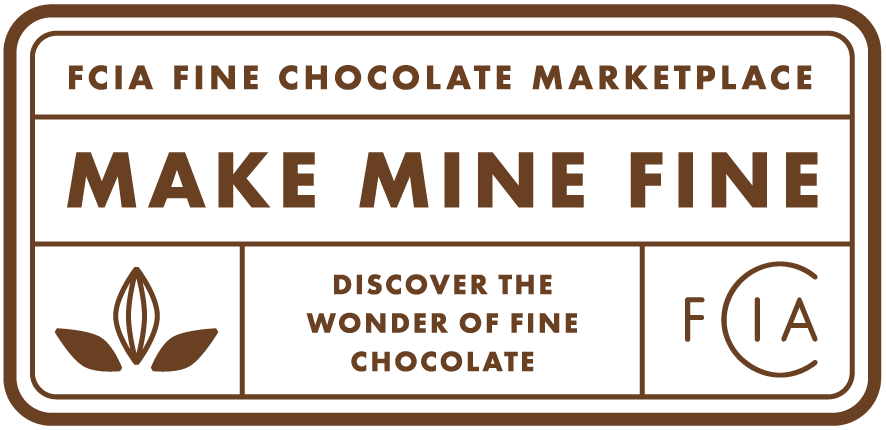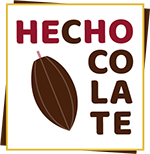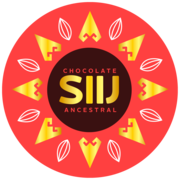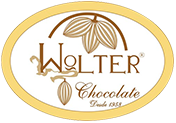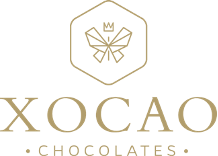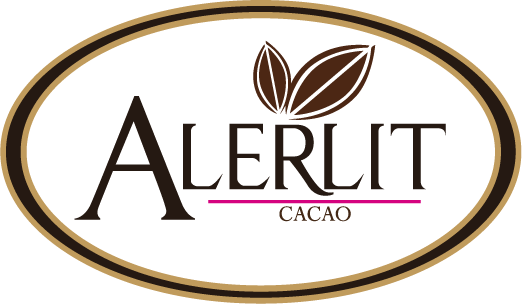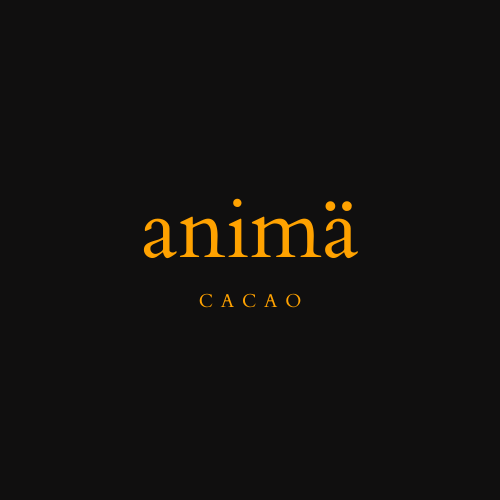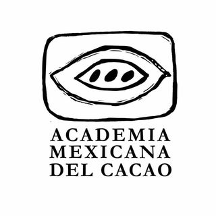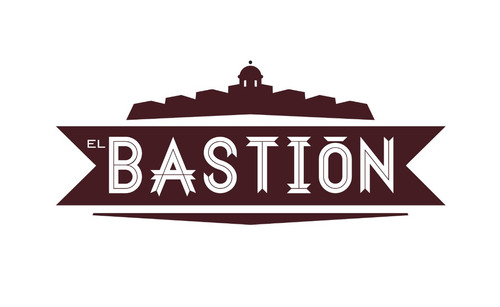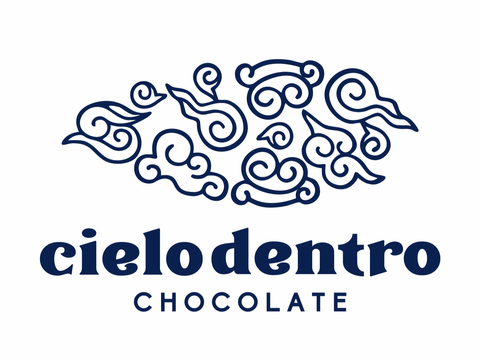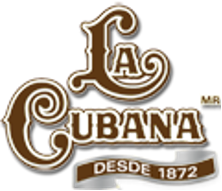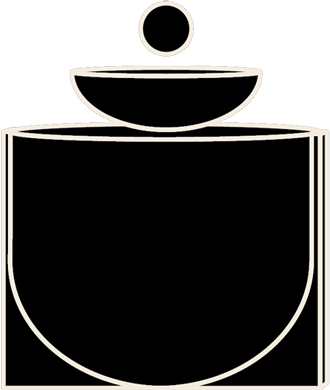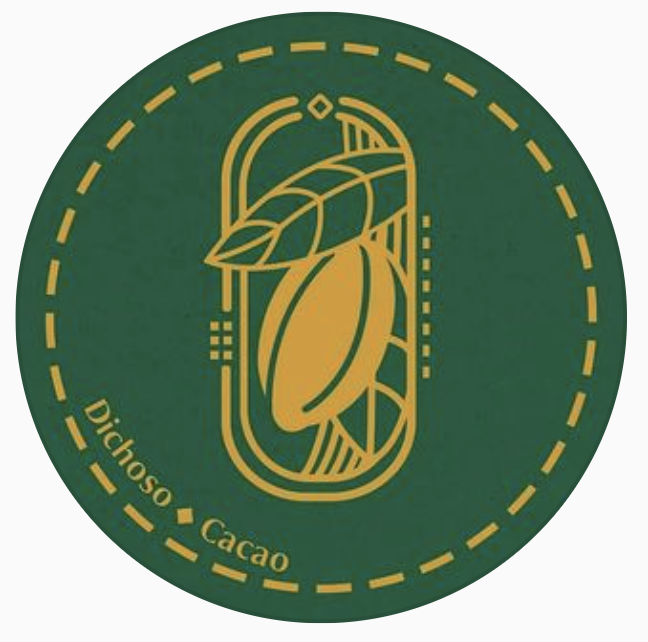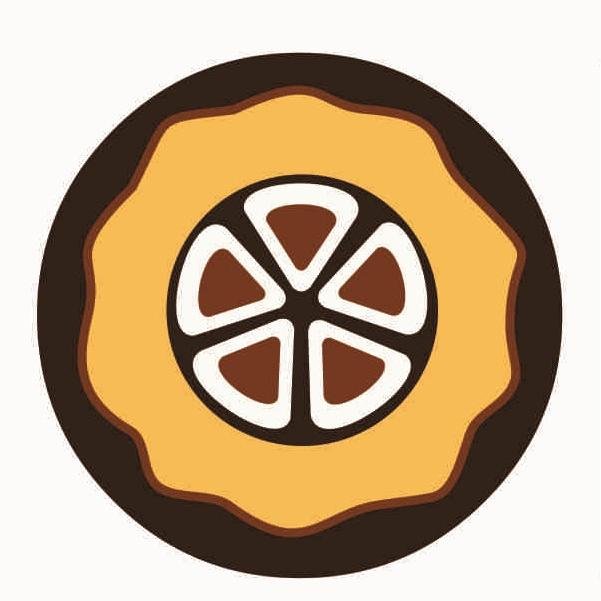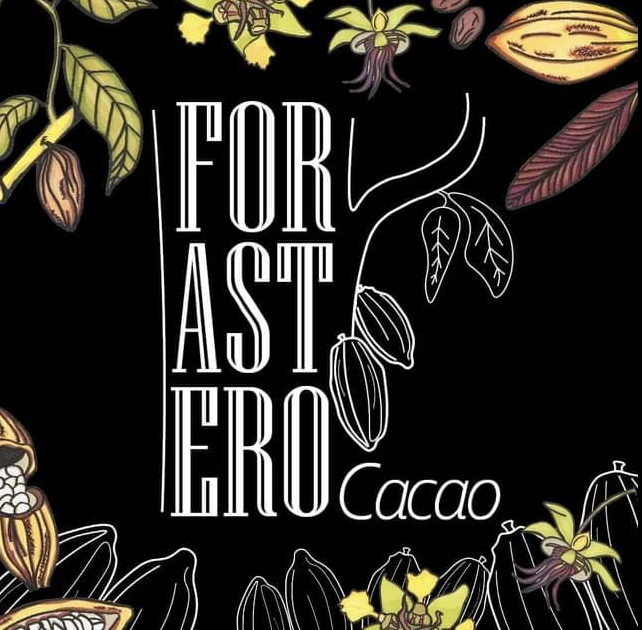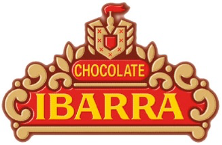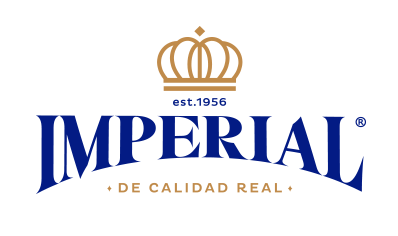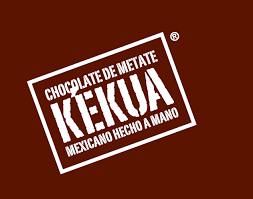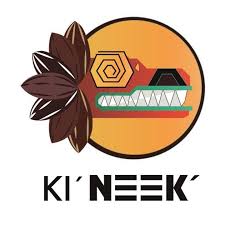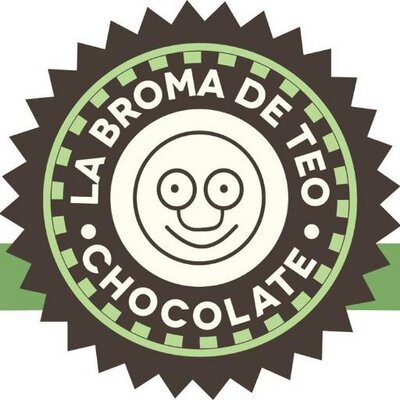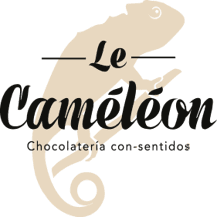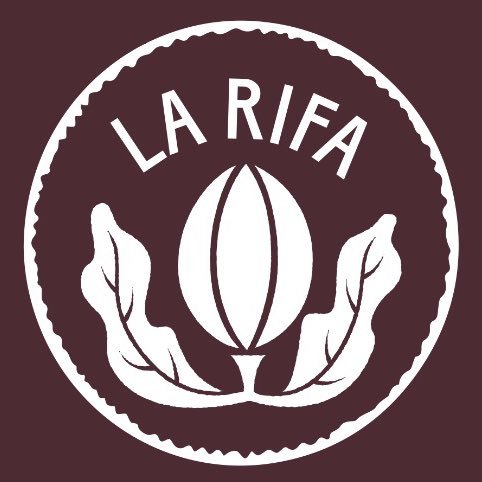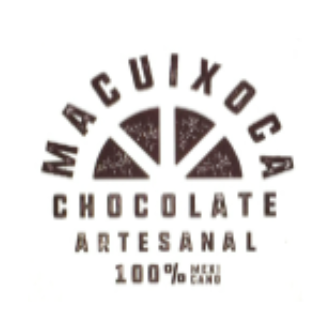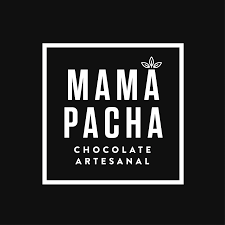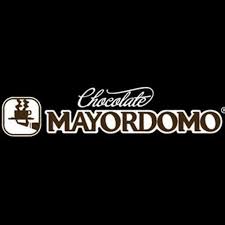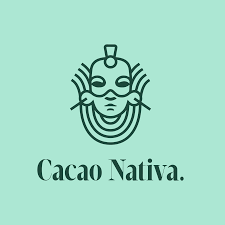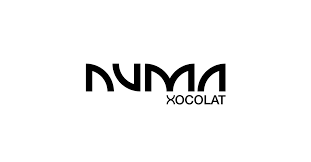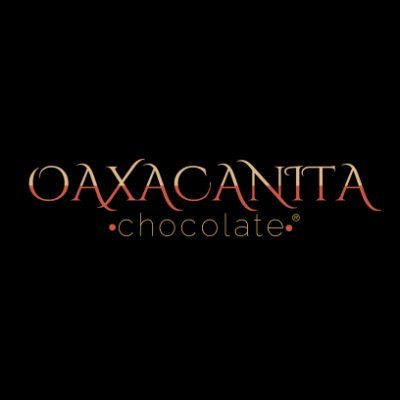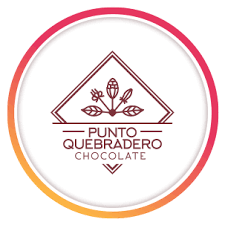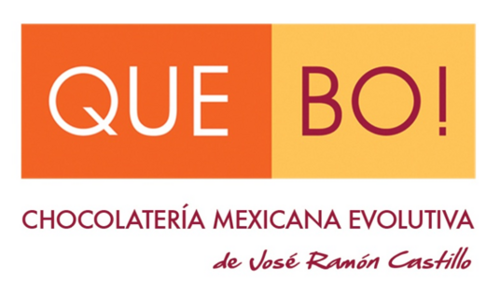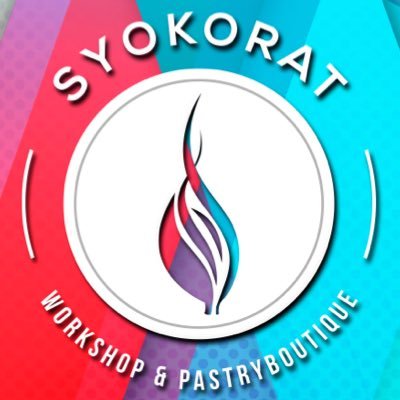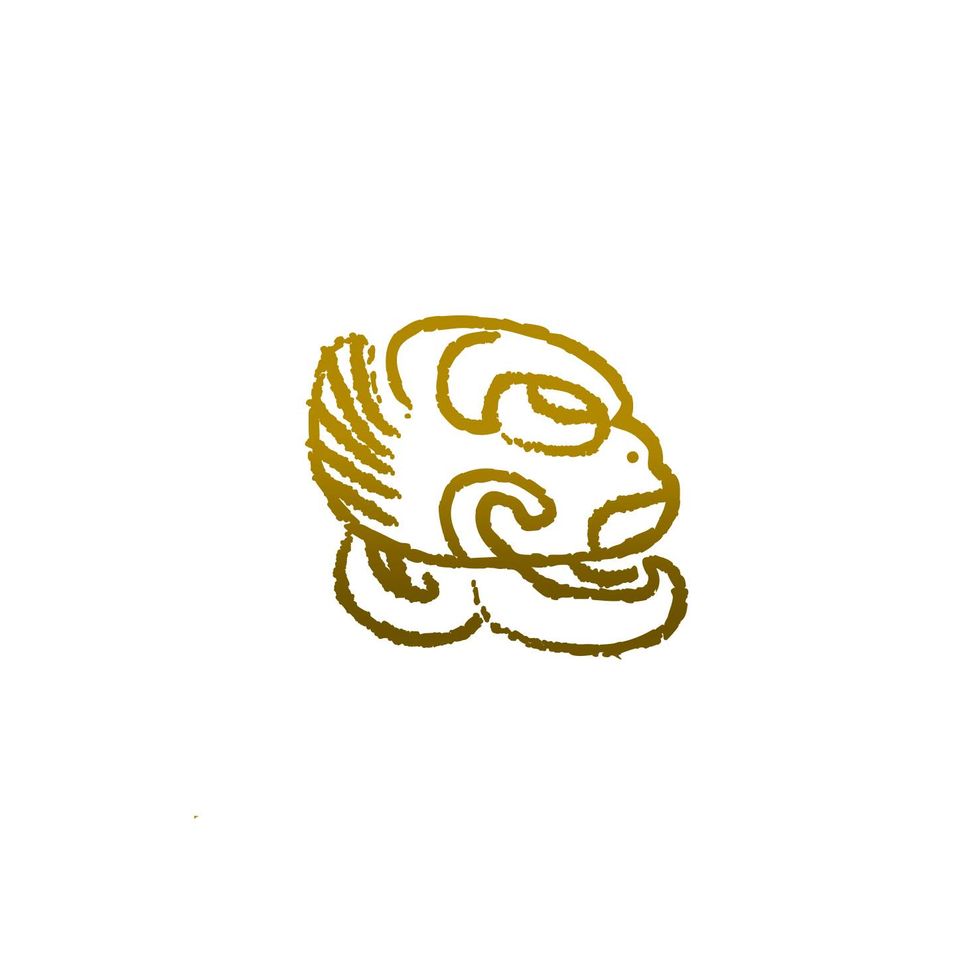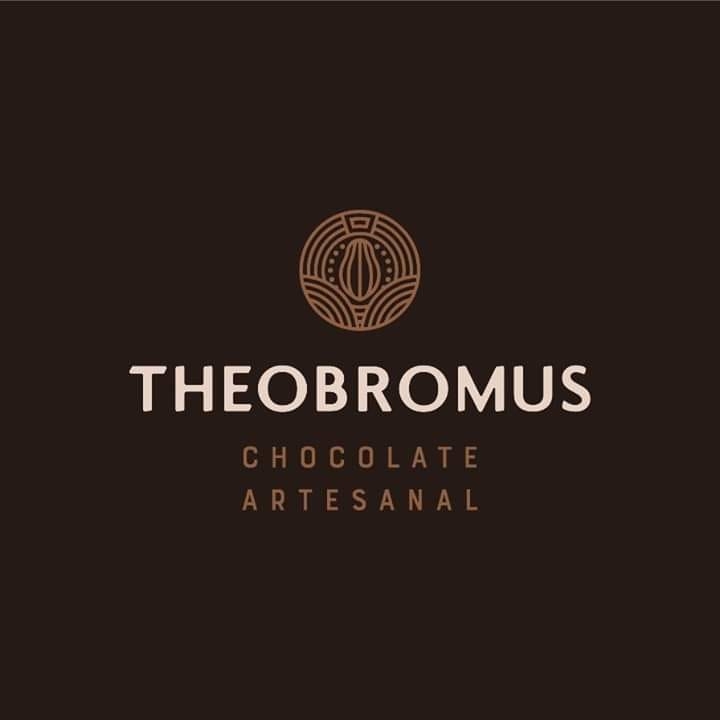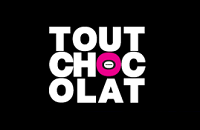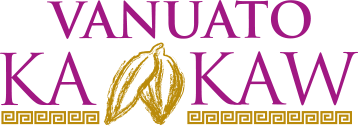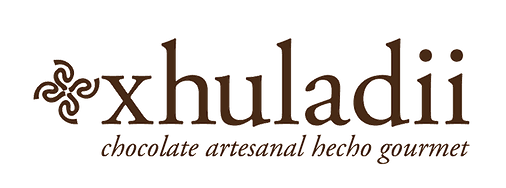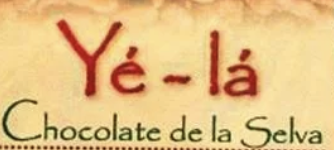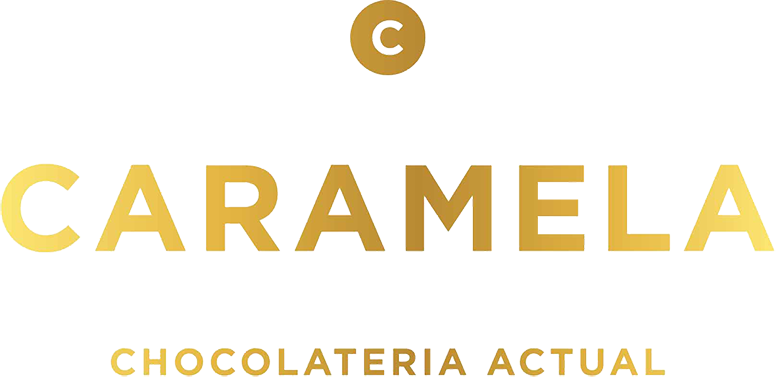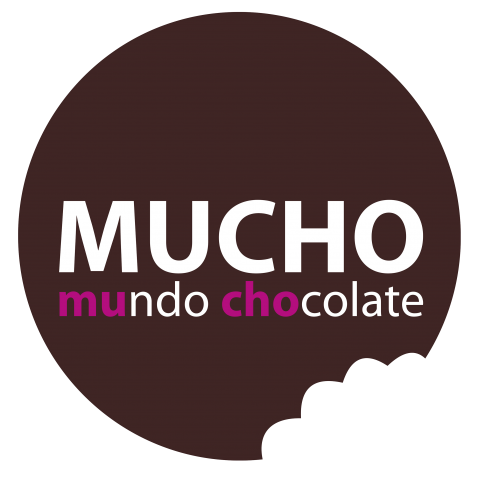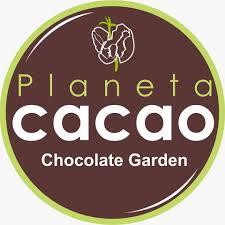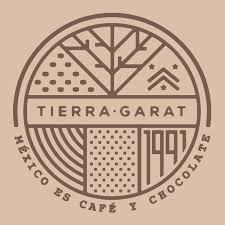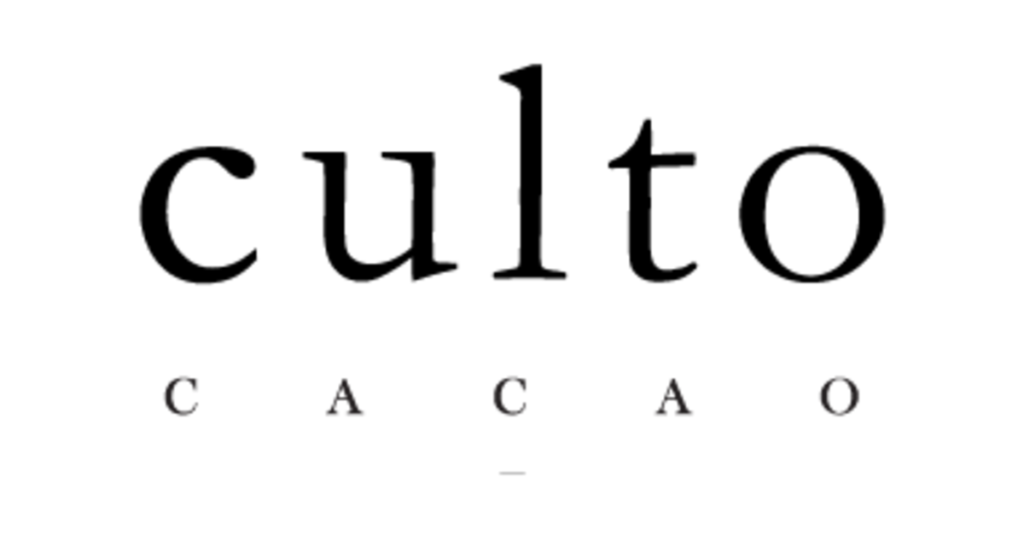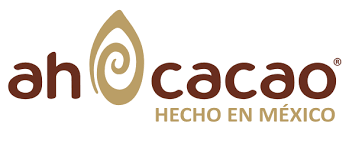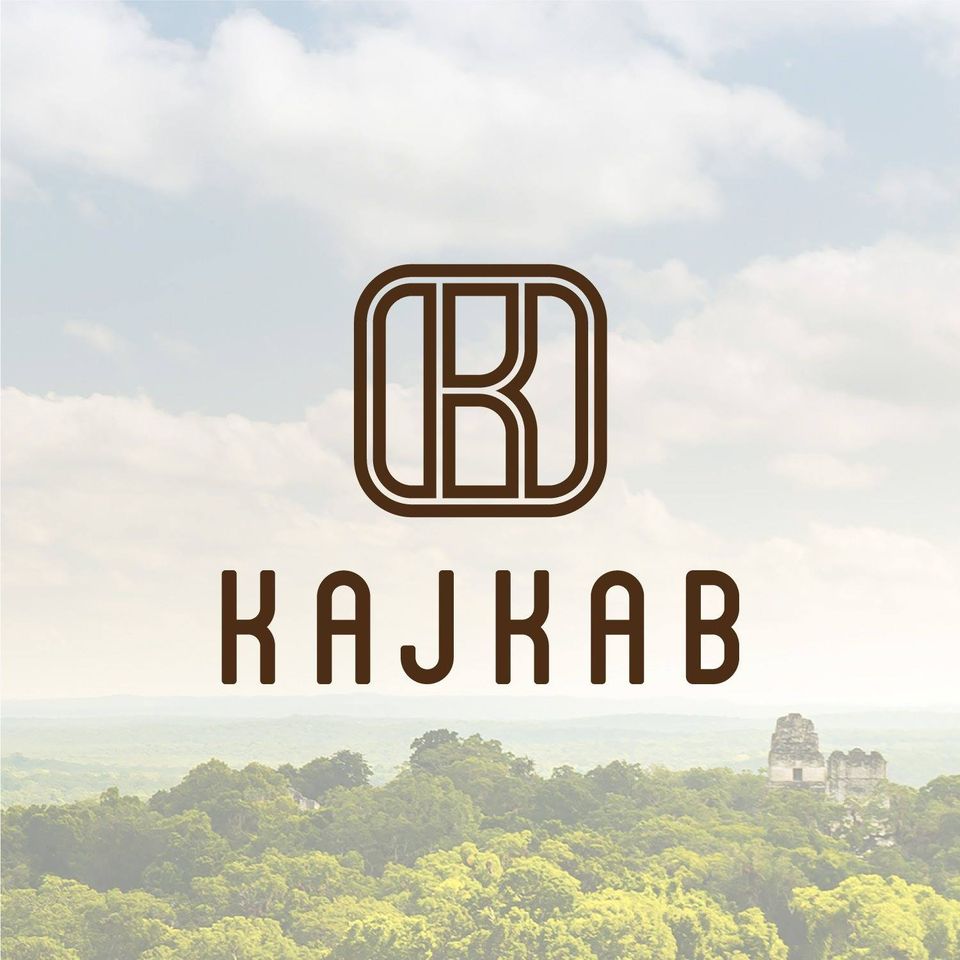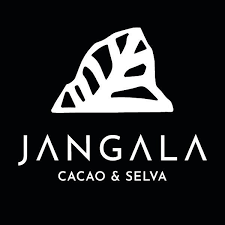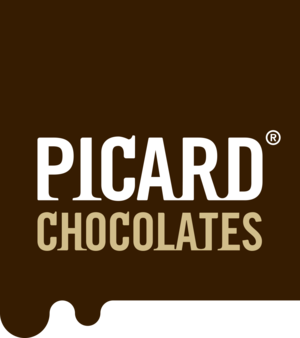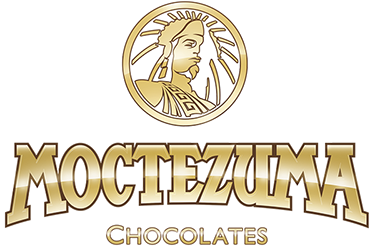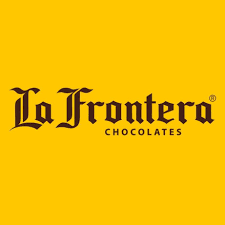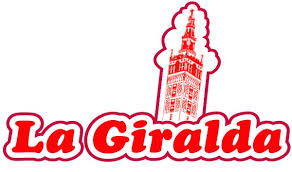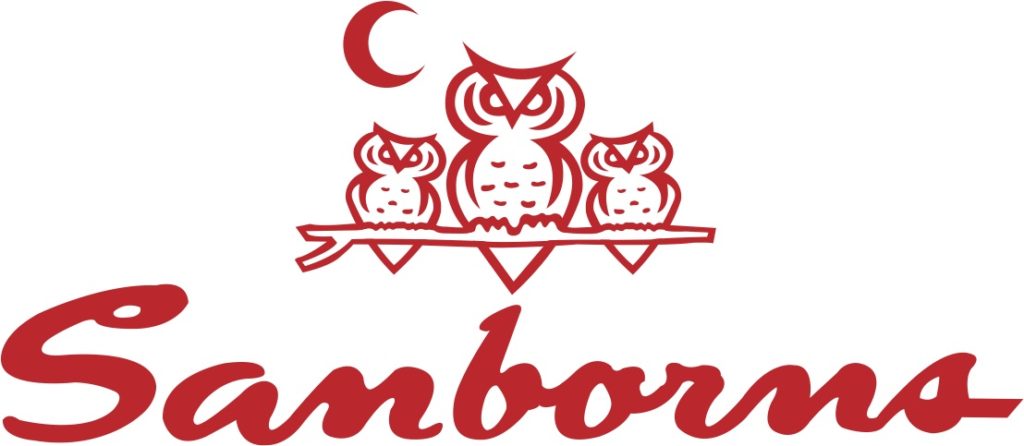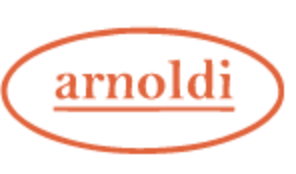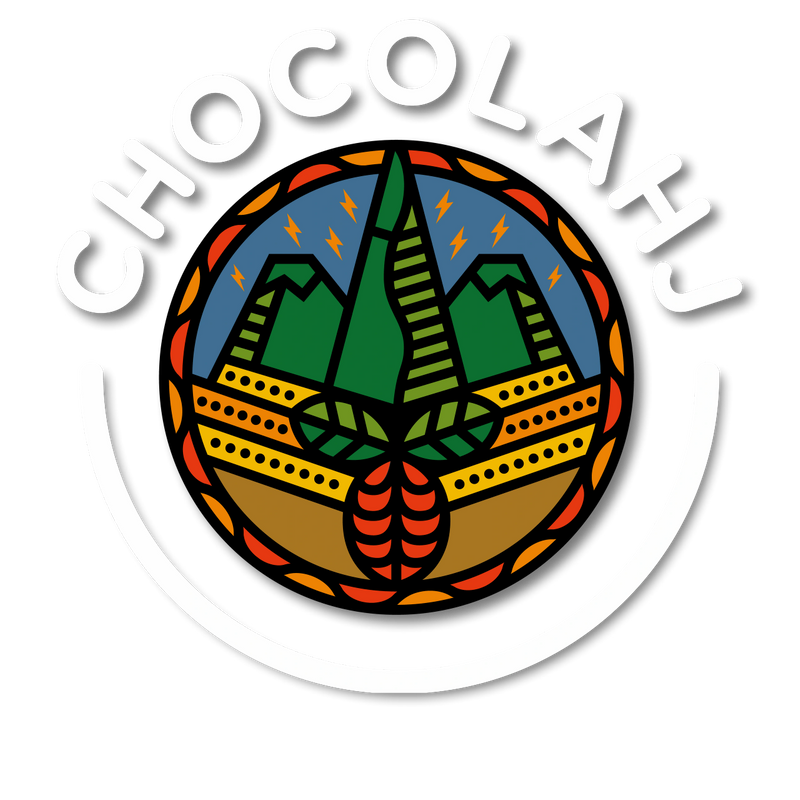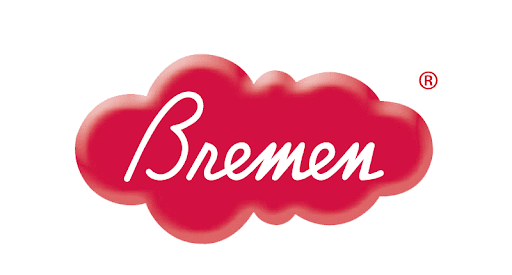At a Glance
Tabasco
- Population: 2,395,272
- Capital: Villahermosa
- Rural population: 43%
- Average age: 27
- Cocoa production: 18,298mt
- Cocoa export: 75mt
- % of national GDP: 3.1%
- Indigenous languages per 100 habitants: 3 out of 100
- Indigenous groups: Chontal de Tabasco, Chol, Tzeltal, and Tzotzil
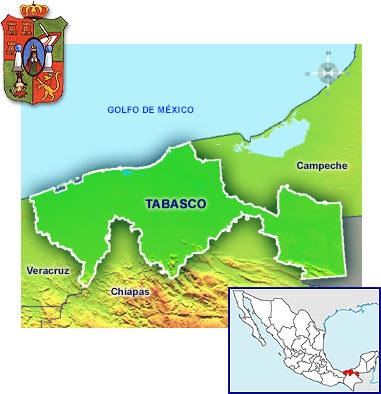
Chiapas
- Population: 5,217,908
- Capital: Tuxtla Gutierrez
- Rural population: 51%
- Average age: 24
- Cocoa production: 9,869mt
- Cocoa export: 175mt
- % of national GDP: 1.8%
- Indigenous languages per 100 habitants: 28 of 100, second highest
- Indigenous groups: Tzeltal, Tzotzil, Chol, and Zoque
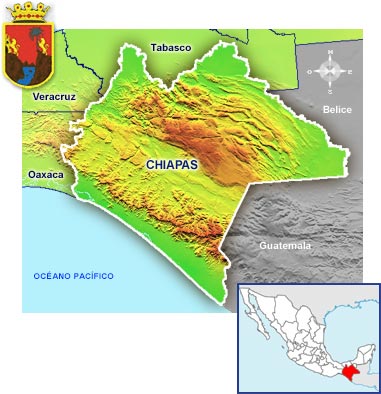
Source: INEGI – Federal Department of Economy
History of Cocoa in Mexico
Pre-Columbian Period
The indigenous peoples that have occupied what is today Mexican territory have had a relationship with cacao for thousands of years. Cacao, at different times and in different places, played different roles – ceremonial, nutritional, and economical – in Pre-Columbian Mesoamerican society. Oral histories, written, and archaeological records document evidence of cacao’s significance to groups such as the Olmec, Zapotec, Maya, Mexica, and Aztec peoples.
A large body of academic work covers the history of cacao’s usage in the Mexican territory; this is perhaps best summarized by scholar Laura Caso Barrera in her book Cacao: Producción, Consumo y Comercio. Early references to cacao have been traced from the Preclassic Era or Formative Period (2000 BCE – 250 CE), when Olmec culture is believed to have reached its peak. Historian Herbert Castellanos argues that unique cacao genetics appeared and the crop came to be used by the Mocayan people, a group pre-dating the Olmecs in the Soconusco region of today’s State of Chiapas. Later, during the Postclassic Period (900-1521 CE) in the northern Mesoamerican region (an area that currently encompasses the Yucatan Peninsula, Southwest Mexico, and Central American countries Guatemala, Belize, Honduras, and El Salvador), cacao developed within Mayan everyday life and commerce. Records show that post-harvest processing techniques such as fermentation and drying, as well as social consumption of cacao-based foods and beverages flourished in this period. Archaeologist Roberto Garcia Moll’s work demonstrates the ways in which cacao was a key crop linked with community identity and social exchange. Through the study of Mayan royal tombs in the archeological sites of Uxmal and Yachilan, as well as communal housing vestiges where vases, metates, and other material household items were uncovered, scholars have worked to determine the social meanings of cacao. A well-known Mesoamerican artifact illustrating this is the Princeton Vase (670-750 CE), where a presumed Mayan serving woman is depicted foaming a cacao-based drink. (See photo.)
Relatedly, archaeologist Cameron L. McNeil has interpreted the many uses of cacao in religious, cultural, and dietary traditions of the Mayan people. These confirm the later tales of European priests and conquistadors that interpret texts such as the Dresden Codex in their quasi-ethnographic or colonial styles. Historical and forensic linguistics also provide clues: the Mayan glyph for kakaw appears in various objects, murals, and sites of Mayan significance, and translation has led to further understanding of Mayan expression, religion, and daily life during the Postclassic Period. Today, many companies and cultural organizations worldwide use the Mayan word and glyph for cacao in their branding, storytelling, packaging, and even chocolate bar designs.
In the late Postclassic Period, the power balance between the Mayan and Aztec empires reached a turning point. The Aztec capital of Tenochtitlan, today Mexico City, came to dominate surrounding vassal states through military and commercial might. Cacao played a key role in the shift of power, its value as currency and the Aztecs desire for control over its trade providing them with great political and economic capital. It has been long presumed by many that Nahuatl, the Aztec language, and the word xocolatl gave chocolate its name; however, more recent research shows that the cacao-based recipes and the word for chocolate more likelyoriginate from the Pipil people of the Izalco region of El Salvador, challenging the traditional narrative of Mexican origin that still captivates many chocolate manufacturers and their acolytes.
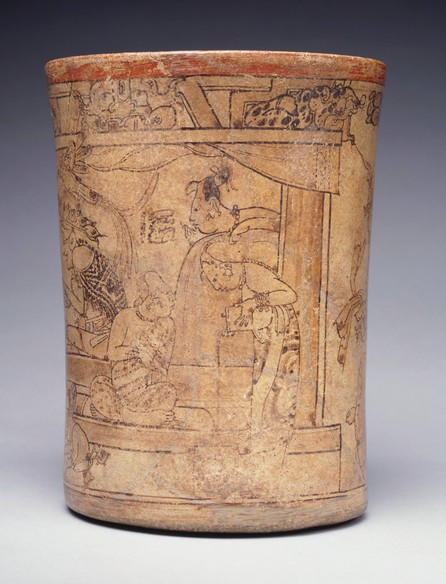
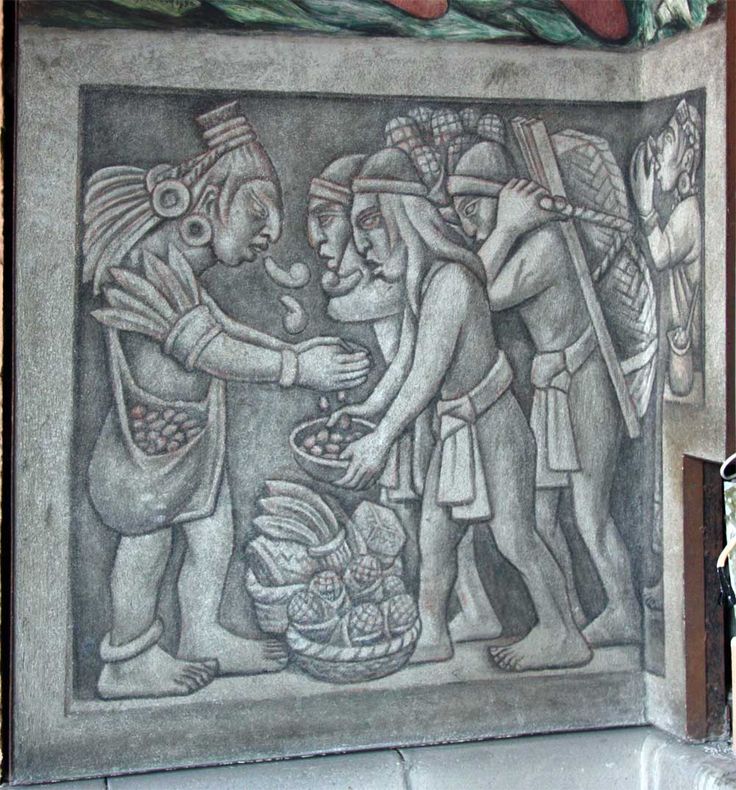
“La Alemana del Cacao” mural by Diego Rivera
Government of Mexico, National Palace Art Authority, Mexico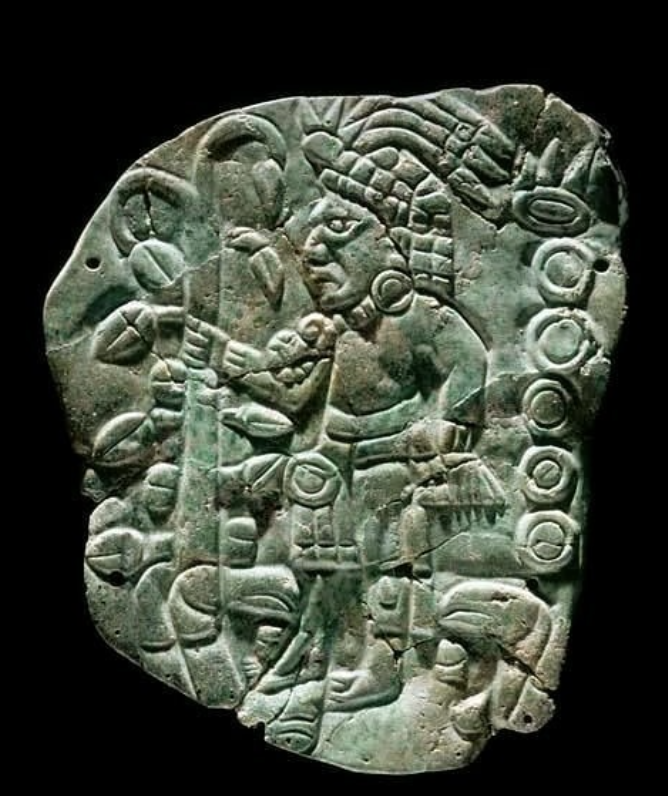
Chichen Itza Greenstone, Peabody Harvard Museum of Archeology and Ethnology, United States 
Colonial Period
Difficulty in controlling access to Mayan-produced cacao and other key crops was a contributing factor to the Flower Wars between the Aztec Triple Alliance and their enemies, weakening the empire gradually. In 1519, in the midst of this conflict, disgraced conquistador Hernán Cortés arrived to the Gulf of Mexico in search of wealth and glory. Cortés’ strategy to appropriate Aztec holdings was to divide and conquer, strengthening strategic alliances with the enemies of the Aztecs, lying siege to the island home of Tenochtitlan. In March 1521, the defeated Aztec emperor Cuauhtémoc famously received a victorious Cortés with a bountiful display of status and wealth. Cacao and cacao-based preparations and artifacts featured prominently. Cortés described his conquest and subsequent access to riches in his Letters of Relation to Europe’s new and most powerful monarch, the Hapsburg Charles V of the Holy Roman Empire and I of Spain. Because of this, it is widely mythologized that Charles V was the first European monarch to have tasted cacao; however Geoffrey Parker, Charles’ biographer insists that there is no proof of such an event. Curiously, today’s most popular milk chocolate in Mexico is Nestle’s Carlos V brand of bars.
Spanish rule (1521-1821) of central Mexico was consolidated in 1530 with the defeat of the Purépecha people, and in Mesoamerica in 1676 with the vanquishing of the last Mayan strongholds in what are today southern Mexico, Belize, and Guatemala. Old World diseases and violent conflicts devastated local populations. As Spaniards deployed colonial customs and adopted local ones, syncretism between European and indigenous foodways and ingredients evolved. Trade through the Hapsburg global empire spanned the Atlantic and Pacific Oceans, bringing with it several crops – vanilla, tomatoes, squash, and cacao, to name a few – to new latitudes. Historical archaeologist Kathryn Sampeck demonstrates that the cultural and flavor shifts in cacao and chocolate consumption during this time are analogous to those of tea from East and South Asia or coffee in the Arabian Peninsula, as both local colonial populations and European elites developed tastes for the exotic flavors of stimulant beverages. The globalization of these hybridized chocolate traditions provides examples of far-flung adoptions, like the development of chocolate making traditions in European territories of Xocolata Catalana or Cioccolato di Modica, both of which use a metate to grind roasted cacao beans. Cacao also traveled on Spanish ships to Southeast Asia via the Manila Galleon Trade and to the Caribbean, especially Santo Domingo and Cuba.
As the commerce for cacao grew in colonial America, Mexican cacao was primarily designated for local consumption as the local Criollo (born to a Spaniard family in the colonies) or mestizo (born to a mixed family in the colonies) elites developed a tasted for it. Chocolate de mesa (table chocolate, in English), a round cake of rough ground cacao with addition of piloncillo, or raw sugar, has its origins in colonial Mesoamerica, named for the action of kneading the cacao-sugar paste on a table into the shape of a round. This chocolate preparation was ideal for travel and trade, always ready to be prepared into a foamy beverage. Consumption of similar styles remains today in many countries – consider tablea in the Philippines, chocolate de taza in Colombia, and chokola peyi (chocolat créole) in Haiti and Martinique.
The colonial period is essential to understand the shift from a focus on cacao to chocolate consumption. The Pre-Columbian Mesoamerican indigenous population consumed primarily cacao-based beverages or used cacao as flavoring for food, combining it with other native crops like corn, chili, and sweeteners. With the colonial introduction of sugar cane, land and labor capture via the encomienda system, and then the institution of chattel slavery, the system of production and consumption was profoundly transformed. Whoever seeks to understand the history of cacao in Mexico must accept that chocolate is only one of the many possibilities for cacao. It was also during the colonial period that Mexico’s long tradition of cacao importation to support local chocolate consumption began. Scholars Janine Gasco and Manuel Miño Grijalva remind us that despite Mexico´s relationship to cacao, imports of varieties historically known as Guayaquil, Izalcos, and Venezuela cacao were routine and necessary to satisfy the local urban market.


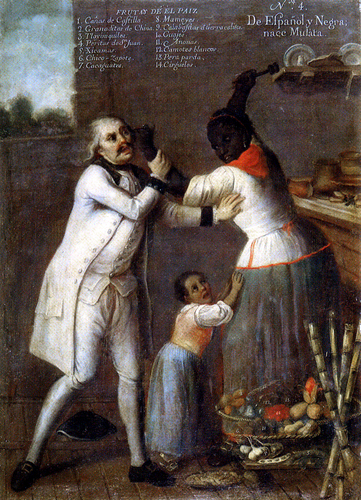
“De Español y Negra, nace Mulata” by Andrés Islas, molinillo in hand, Museo de América, Mexico 
“Descripción de la Provincia de Tabasco” of 1803, National Archives, Palace of Lecumberri, National Library (digital), Mexico 
“Miguel Hidalgo y Costilla, Padre de la Patria” by Antonio Farbés, Government of Mexico, National Palace Art Authority, Mexico
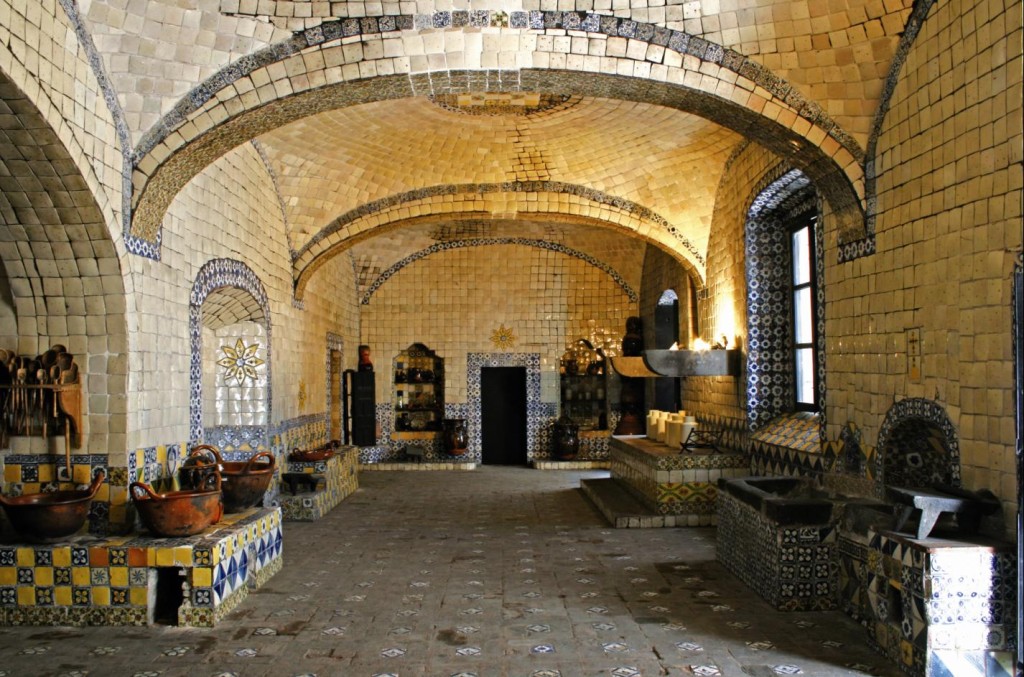
Independence Period
Waves of independence struggles overtook Spanish America from the late 1790s to the early 1820s, a period of general instability for every agricultural production system. Historian William Gervase Clarence-Smith underlines the fact that this political instability created inconsistency in the cacao supply. While records show that in the first half of the 19th century, cacao exports from New Spain were reaching an all-time high, they were profoundly disrupted by the War of Mexican Independence (1810-1821). After the brief First Mexican Empire (1822-1823), the Mexican Republic comprised significant territory of today’s Central America and United States; this caused further with neighboring newly independent states. Mexico was at war seven times from 1824 to 1877, with little attention given to supporting cacao production or producers. Under the subsequent Mexican presidencies of Porfirio Díaz Mori (1877-1880, 1884-1911), the Republic found a longer-lasting peace, a period known as Pax Porfiriana. During this time, a social environment was created that allowed the flourishing of the hacienda system; this was encouraged by political willingness to open doors for European investment and commodity exports. The hacienda system was a land and labor management style reminiscent of the Spaniard encomienda, where a land owner (often a recently-arrived European entrepreneur) – the hacendero – was given wide-ranging control and expected to take responsibility for the well-being of both the property and workers. Under this system, severe labor abuses were common. Productivity in Mexican cacao increased during this time, with the states of Tabasco and Chiapas leading as large scale producers.
The political situation became unstable, however, due to the abuse of the rights of peasant agricultural workers and an overall polarization of the Mexican population. The revolutionary leader Emiliano Zapata rallied the masses under the slogan “the land belongs to whoever work’s it.” Porfirio Díaz went into exile, and for the next 32 years, social turbulence ruled, with military versus democratic ambitions at odds with one another. Cacao production once again fell neglected during this period. It was not until 1940, that a period of sustainable development began again, with the federal administrations of Manuel Avila Camacho and Miguel Aleman Valdez, culminating in 1949 with the creation of the National Association of Cacao Producers in Cardenas, Tabasco. This cemented Tabasco’s reputation as a fertile, agriculturally sophisticated State of Mexico, recognized largely for its prized cacao culture and production, rivaled only by its neighbor Chiapas. The cooperative system was established a la par with the remaining Haciendas, some still under foreign ownership. Some of these Haciendas remain in operation today (now with extraordinarily altered labor and environmental practices) such as Hacienda La Luz, Hacienda Jesus Maria, and others.
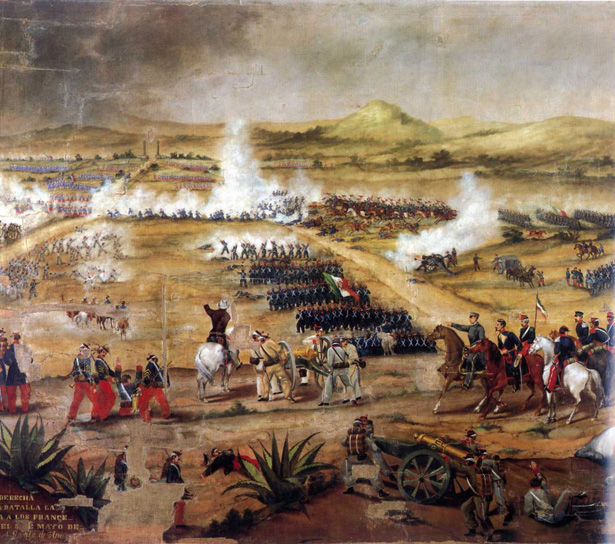
“Batalla de Puebla, 5 de mayo de 1962, ” Batalla del 5 de mayo de 1862, óleo sobre tela, Museo Nacional de las Intervenciones, Exconvento de Churubusco, INAH. Imagen tomada del libro: Eduardo Báez, La pintura militar en el siglo XIX, México, Secretaría de la Defensa Nacional, 1992, p. 1 
Cover of the “Diario de Chihuahua” in the meeting between William Taft and Porfirio Díaz in Ciudad Juárez, Diario de Chihuahua, Mexico 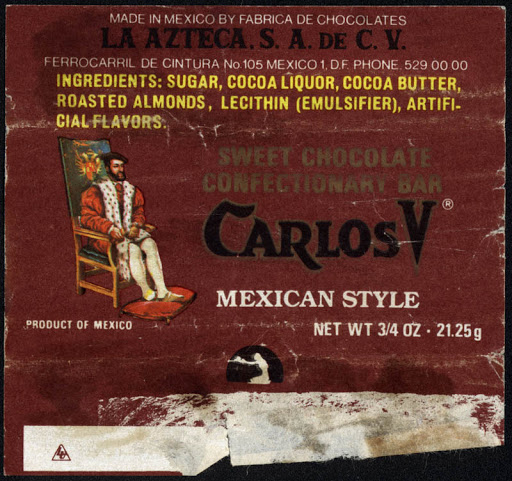
Carlos V Mexican-style wrap, Private
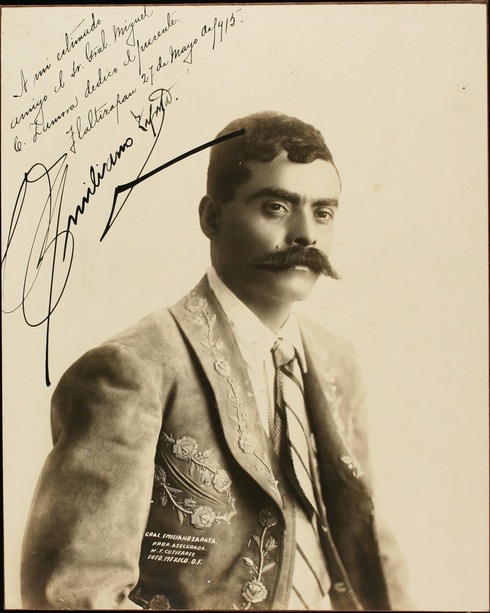
Contemporary Period
Until 1970, the Mexican government and private sector continued to collaborate in building a rural economy whenever convenient, giving priority to coffee, corn, and cattle in many regions. Due to the proximity to the Gulf of Mexico’s oil heartland and weather variation in key growing regions, cacao came to be overlooked by federal authorities. In 1976, under the presidency of José López Portillo, the Mexican economy crashed and government spending reached shocking levels. Along with many other state-run companies, the neglected chocolate maker La Azteca, was sold and its product line auctioned to international companies. Cacao production suffered an irreversible depression, registering 58,901 metric tons in 1980 versus 32,000 in 1985.
Following the signing of the North American Free Trade Agreement in 1994, scholar Alysha Gálvez describes the subsequent annihilation of investment in the Mexican rural sector, severe damage to food sovereignty, and a shift in the country’s economy toward manufacturing and services. Since Mexico had never occupied a prominent global role in cacao production and its chocolate industry needed more raw materials to supply the ever-growing local demand, the national cacao sector was further impacted by a turn toward exports. Despite swimming against the current, cacao production achieved 85,013 metric tons in 1999. Another major hit to the cacao sector came was delivered in 2004, when the National Research Institute of Agriculture (INIFAP) registered the first cases of the cacao fungus moniliasis. This devastated national production – by the early 2010s, cacao produced reached only to approximately 18,000 metric tons, a steep drop from the late 1990s.
Currently, Mexico faces numerous challenges with hints of potential for a promising future. Tonathiu Acevedo, an ECOM COCOA official in Mexico, explains that in 2019, Mexico´s cacao production reached 28,167 metric tons, 99% coming from the States of Tabasco and Chiapas. According to his estimates, the total value of cacao production in 2019 was of $1.4 billion US dollars, benefitting 40,000 cacao farming households that on average own 3.2 ac *(1.5ha). Most cacao trees are aged, with estimates ranging from 40-50 year-old trees approximately. Of the cacao that is produced under these conditions, less than 1% of its total production was exported in 2020, according to the Mexico’s Department of Commerce. The primary recipients of Mexican cacao exports are in Japan, The Netherlands, Switzerland, and the United Arab Emirates. In the words of Miguel Angel Saínz-Trápaga Matute, president of the National Association for Chocolate, Confections, and Similar (ASCHOCO) and CEO of Bremen Inc, “the private sector occupying most Mexican cacao is excited to source half of the 140K metric tons it needs for domestic chocolate production if condition improves.” Strong debates within the industry today query the direction in which the sector should move – for transnational interests, the specialty industry, or the local market’s needs? One of the most exciting areas of growth in interest in Mexican cacao is in the small but flourishing national specialty chocolate market, which engages deeply with the specialty cacao production of the country.
Flavor Attributes
As interest in specialty cacao grows worldwide, Mexico’s specialty offerings are likewise increasing in the main production areas in Tabasco’s Chontalpa and Teapa regions, and Chiapas’ Pichucalco and Soconusco areas. Labeling conventions vary, and national and international chocolate makers might label their products according to the State, the area, the finca, hacienda or cooperative, the individual farmer, and/or genetics. No regulation or law controlling labeling exists beyond the NOM-186 (Norma Oficial Mexicana, in Spanish), the governing rule for cacao and chocolate products. In the spirit of representing the diversity of plant and human capital that characterizes Mexican specialty cacao, this section provides a brief overview of each cacao producer currently exporting or interested in exporting internationally, the sensory attributes of their primary products, and examples of chocolate products that use the cacao. As a cautionary note, the lack of standardization across the specialty cacao sector, both internationally and nationally in Mexico, requires a cultural sensitivity and awareness in approaching the evaluation of Mexican cacao.
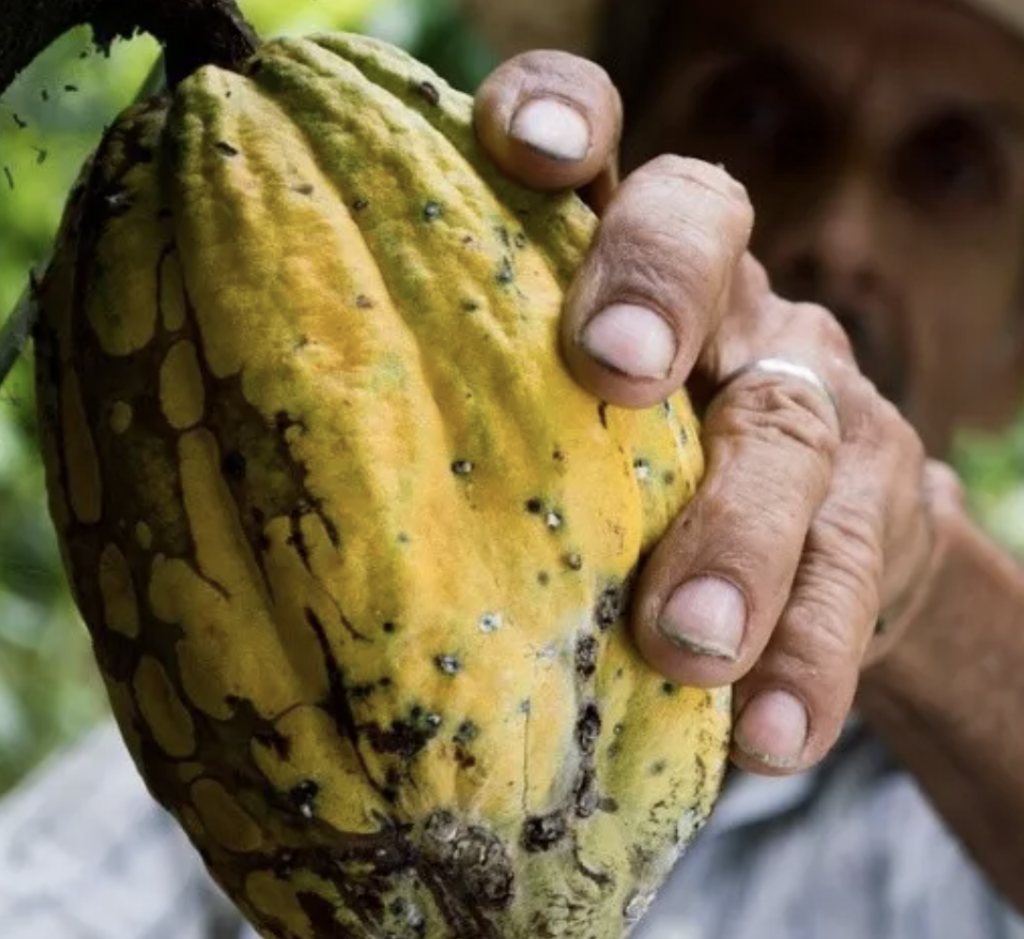
State of Tabasco
Total production 18,298mt; total export 75mt.
- Agrofloresta Mesoamericana aims to position agroforestry systems as the most attractive option for farmers in Mesoamerica. Led by agronomist Hugo Chavez, cacao is sourced from the heritage estate Finca Rocio as well as collected with traceability from indigenous Zoque communities in the highlands of Tabasco for centralized post-harvest processing. Agrofloresta offers a blend of trinitarios and also almendra blanca beans upon request. They describe the sensory profile of their cacao as fruity with enjoyable acidity, spicy, nutty, with pleasurable cocoa notes. Chocolates made with Agrofloresta’s organic cacao can be purchased from Original Beans in The Netherlands and XKIK’ Chocolate de Origen from Northern Mexico, available via Central Market in Dallas, Texas.
- Arroyo Hondo is an award-winning estate that produces a Chontalpa Blendof forastero cacao. Producers Malaquías Peréz and Roberto Emmer Acopa joined forces with researchers at the Autonomous University of Chiapas to develop harvesting and post-harvesting methodologies and preserve the estate’s existing agroforestry system. The sensory notes of this cacao are described by trader Revival Cacao as rich brownie, tangy blackberry lime pie, toasted pecan, with a touch pepper, anise, and hops. Chocolates made with this cacao can be purchased from Map Chocolate Co. in Oregon or Mexico City´s MUCHO Museo de Chocolate via Central Market in Dallas, Texas.
- Cacao Latitudes/ECOM COCOA México is a global cacao trading conglomerate offering specialty cacao of various origins. ECOM COCOA México works directly with producers to ensure traceability and quality of the raw material. In the areas of Cardenas, Comalcalco,and Galeanathey support through cooperation with buyers the renovation of existing plantings, training, and technical assistance. ECOM also offers tailored sensory profiling to buyer specifications. In Tabasco, ECOM typically works with a cooperative with a blend of trinitarios, producing cacao that they describe as typified by balanced flavors and aromas.
- CACEP represents heritage producers of cacao. From his family´s historic Hacienda Jesus María, Vicente Gutierrez Cacep coordinates the efforts of Mexico´s Cacao Producing System (Sistema Producto Cacao, in Spanish). Vicente categorizes his cacao portfolio in three categories: Tabasco Blend (fermented or ´washed´), Blanco JEMA-Carmelo, and Criollo-Alma Rubia. The sensory profile attributed to the fermented specialty cacao is notes of citrus, tannic-heavy red fruits, and coffee. Chocolates made with CACEP fermented beans can be found via Goodnow Farms in Sudbury, Massachusetts and chocolates made with Cacep’s washed beans are available from Los Angeles’ Chocovivo.
- FincaLas Delias is one example of small organization that has succeeded on their its own terms. In the case of Las Delias is due to their 1st place victory in 2018’s Mesoamerican Contest of Biodiversity-Friendly Cacao. Finca Las Delias is lead by Alma Delia Magaña and her family, making it a personal affair to make one of Tabasco’s prime criollo cacao blends. Finca Las Delias, with a sensory profile characterized by nuts, caramel, brown and fresh fruits, prominent cocoa and medium acidity. Chocolate examples using this cacao can be sourced from Mexico City’s BUNA or at Animä Cacao, based in the colonial city of Queretaro.
- Organicos de la Chontalpa is an 15-year small-producer organization in the Chontalpa region, that puts in the center of its operation the community’s development and biodiversity conservation. Among their socialized practiced, Organicos insists on keeping healthy and fertile soils, diversification of shadow trees, composting, water treatment and sustainable irrigation, natural pest control, and the preservation of the vegetative and productive biome. Their members can account for the production and safekeeping of diverse cacao varieties under more than 70 kinds of wood trees. This organization has a diverse set of members, from individual farmers or families, to Fincas or Estates; examples of this last category are Finca Las Delias, Finca La Esmeralda, and Finca Las Palmas. Organicos has different blends of multiple-genetic cacao, ranking from hybrid varieties to single-origin trinitario or Criollo beans. The former sensory profiles obey to that of prominent cocoa and light fruity aromas, the latter being more of heavy chocolate, fresh tropical fruits, and spices. Examples of chocolate made with this cacaos can be found in Guido Gobino’s Chontalpa line made in Piedmont, Italy or at Mazona Chocolate in Hidalgo, TX.
- Quinta Tulipán is a small estate related to Mexico’s enigmatic “La Joya,” in the heart of the Cunduacán region. Managing a small 5ac (2ha) plantation, Dr. Rossana Hernandez Echeverria aims to master the Carmelo C1 variety post harvesting process. The sensory profile of Quinta Tulipán’s cacao is caramel, vanilla, wild tropical fresh and red fruits, and citrus. Award-wining chocolates made with this cacao can be found from Kakaw Museo de Cacao in San Cristobal de las Casas, Chiapas and Chocolat A. Morin et Fils in southern France.
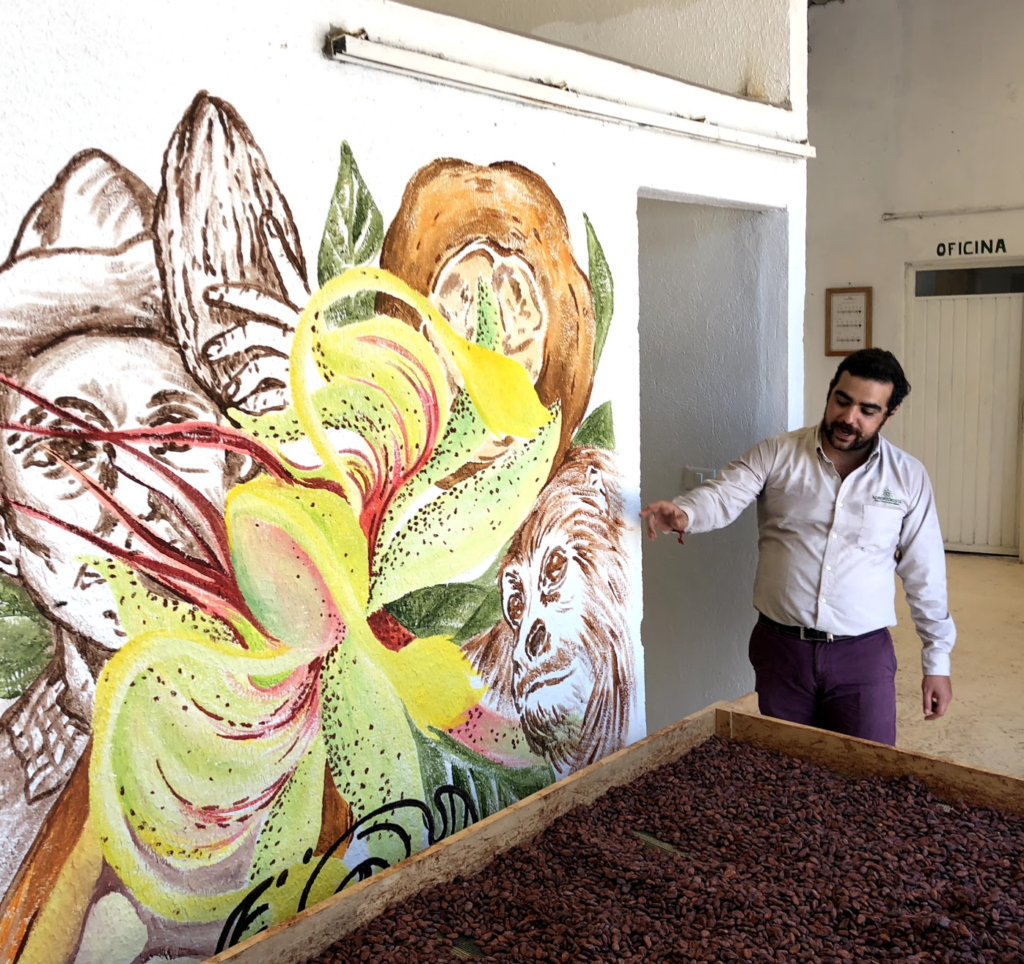
Hugo Chávez Ayala at Agrofloresta Mesoamericana fermentory, Fine Cacao and Chocolate Institute, United States 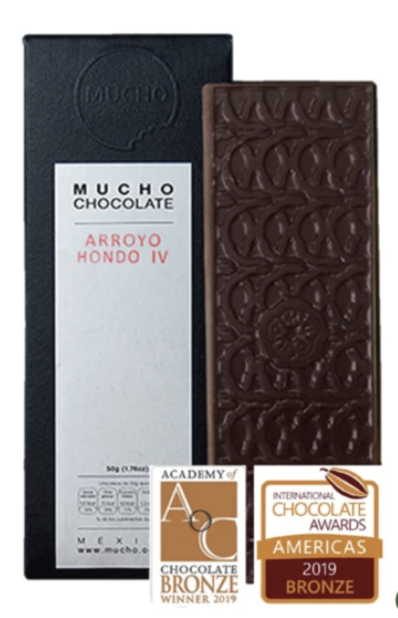
Arroyo Hondo by MUCHO, MUCHO Museo del Chocolate, Mexico 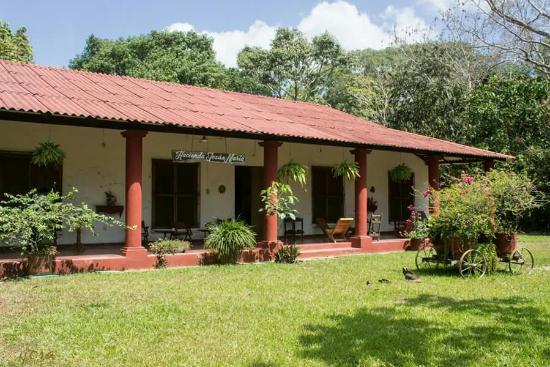
Hacienda Jesús María, Private 
Alma Delia Magaña Peralta at Finca Las Delias, MUCHO Museo del Chocolate, Mexico 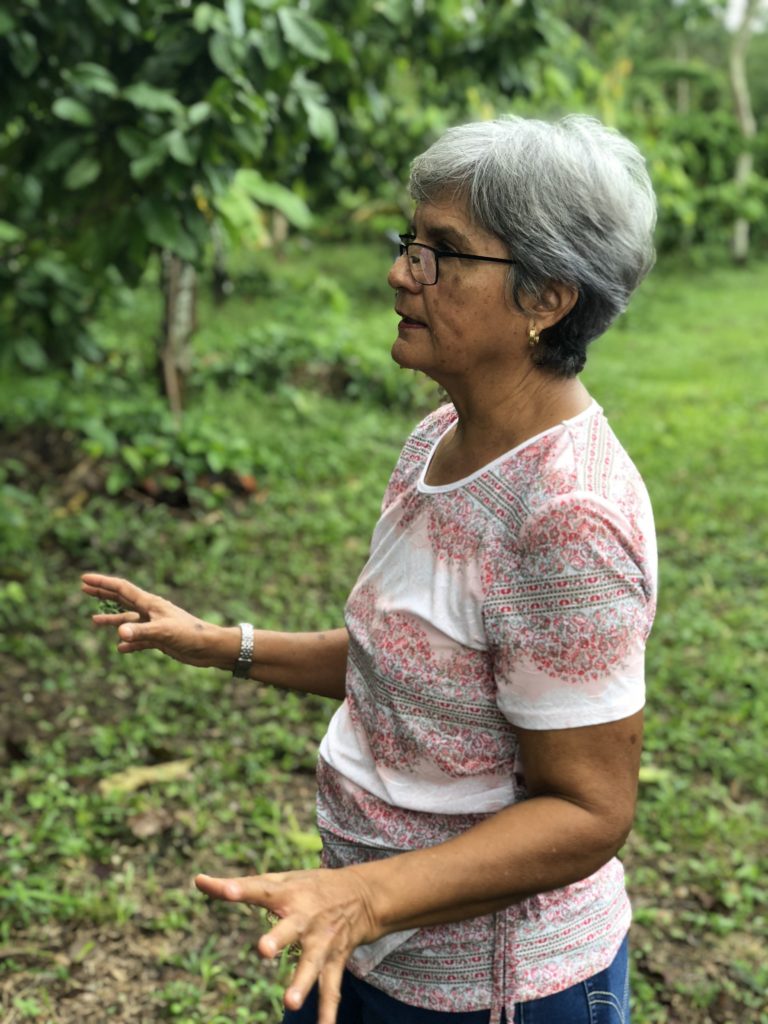
Rossana Echeverría at Quinta El Tulipán, Fine Cacao and Chocolate Institute, United States 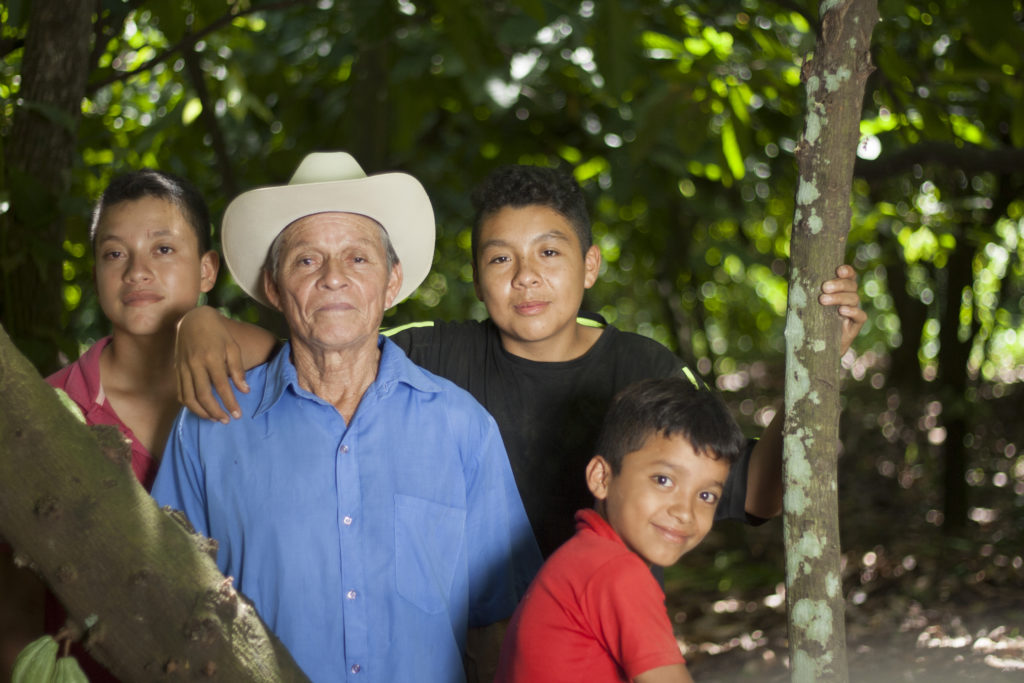
Gregorio Fernando and four of his grandchildren, Organicos de la Chontalpa
State of Chiapas
Total production 9,869mt, total export 175mt.
- Cacao Latitudes/ECOM COCOA México is a global cacao trading conglomerate offering specialty cacao of various origins. ECOM COCOA México works directly with producers to assure traceability and quality of the raw material. In the areas of Tapachulaand Pichucalcothey support through cooperation with buyers the renovation of existing plantings, training, and technical assistance. ECOM also offers tailored sensory profiling to buyer specifications. In Chiapas, ECOM works with a proprietary estate that produces white bean Criollo cacao, described as having an exquisite taste of fruit, flowers, and cocoa, with rare presence of bitterness. A release of a special bar made with this cacao is forthcoming.
- CASFA is a cacao producer network based in the Mexican border city of Tapachula that commercializes a blend of SoconuscoCacao, renowned due to claims of royal preference in Pre-Columbian Mesoamerica and Colonial Spain. Jorge Aguilar Reyna represents this producer association. The cacao produced is a mixture of centralized post-harvest processing and on-farm processing. The sensory profile of this cacao blend is described as made up of sweet floral and fruit notes with prominent complex aromas. Chocolates made with this cacao can be found at Chapon Chocolatier in Paris, France, and the German producer George Ramon.
- Finca La Rioja is located in the county of Cacahoatán, approximately 17mi (27km) from the city of Tapachula and 4.5mi from the Guatemalan border. From an average altitude of 1600ft (500m) over sea level, Jose Maria Pascacio oversees the production of Cacao Criollo Porcelana Blanco La Rioja, the prized product of the Estate, which featured among the top 50 samples of the 2019 Cocoa of Excellence competition. Sensory attributes include mild summer orange, yellow fruits, a prominent nut character, and medium-low cocoa, with a finish of caramel, toffee, dates, and candied fruits. You can find a chocolate example at Casa Cacao in Girona, Spain, the Taylor-Fladgate Chocolate Museum in Porto, Portugal, and Singapore’s Fossa Chocolate.
- Frucao is a family-run business based in the highlands of Chiapas,bordering the State of Tabasco. In the Pichicalco-Ixtacomitan region, Tito Adan Jiménez and the Jiménez García family focus their efforts on preserving the genetic varieties of the region across various ranches and fincas. A multi-generation operation, they produce three kinds of cacao: Blanco Jaguar, Uranga, and Forastito, all with unique genetic and flavor identities. The name Jaguar derivates from the Zoque indigenous word “Ostuacan”, which means Jaguar’s lair, a common name for this type of cacao in the region”. The crown jewel, the limited availability Blanco Jaguar, with ivory to light-violet Criollo beans, has balanced notes of fresh citrus like mandarin, white and yellow flowers, and a touch of nuts. Chocolates made with the various cacaos from the Jimenez family can be found at the various locations of La Rifa in Mexico City, Sleep Walk in Chicago, Illinois,andsometimes at Yucatan’s Ki’Xocolat.
- Hacienda Napaná is a developing estate under the leadership of Martha Elena Contreras and Rafael Ignacio Vila. Together they are focused on the use of biodiverse agricultural practices to boost production and sustain their land. They describe the sensory character of their cacao as possessing balanced acidity and bitterness with notes of cocoa, nuts, and spices. Following the tree-to-bar concept, chocolates made with this cacao are available from Hacienda Napaná in Tabasco, Mexico.
- Rayen Sustainable Co-op is a cacao cooperative association led by Eder Herrera López from Tapachula. In collaboration with Conservation International Mexico and the Autonomous University of Chiapas, Rayen has the objective to rescue heirloom cacao in Soconusco and promote the consumption of fine chocolate locally. In an effort to boost awareness of their organization, MUCHO Museo de Chocolate bough the entire first production of cacao in the mid-2010s; this led to increased interest in the cooperative’s work from Europe to Australia. Its latest collaboration includes Rainforest Alliance and Hecho Chocolate, a bean-to-bar chocolate producer in Mexico City, that aims to boost awareness of the work of farming communities and their environmental practices. The sensory notes of this cacao are described by trader Revival Cacao as heavy chocolatey and nutty upfront, with low acidity and astringency, with hints of sweetness and dark fruitiness. Multiple chocolate examples are available in the international market in places such as New York’s Primo Botánica, a special edition of Sirene Chocolate in Vancouver, Canada, and Mexico’s Cuna de Piedra available via Caputo’s Market in Salt Lake City, Utah.
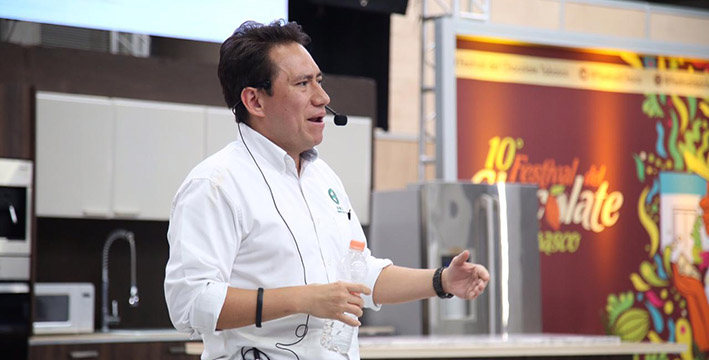
Tonathiu Acevedo presenting about ECOM at the 10th Cacao and Chocolate Festival in Tabasco, Government of the State of Tabasco, Mexico 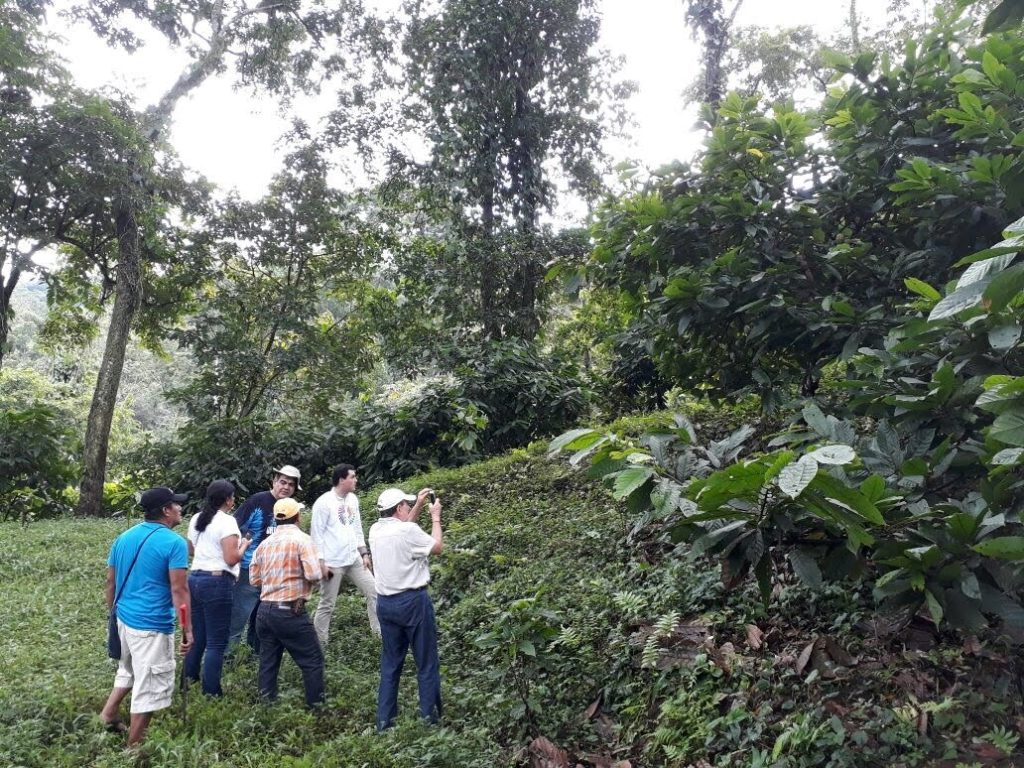
Jorge Aguilar Reyna shows visitors around CASFA plantations, Fine Cacao and Chocolate Institute, United States 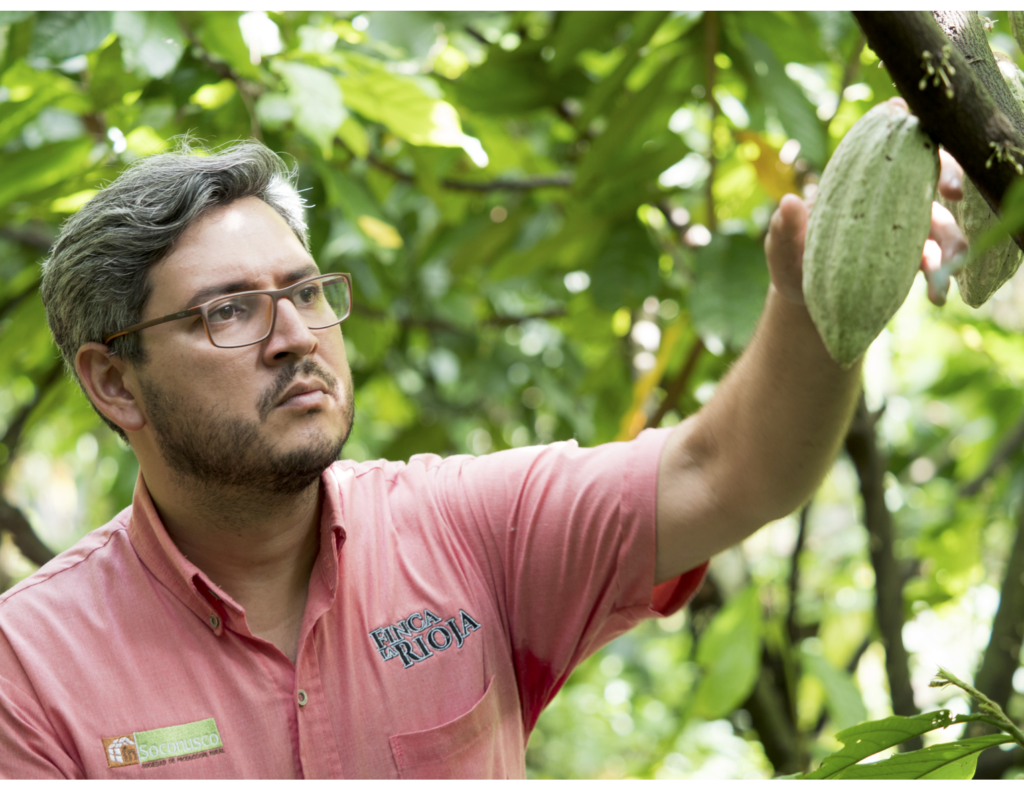
José María Pascacio at Finca La Rioja, Cocoa of Excellence, United States/Europe 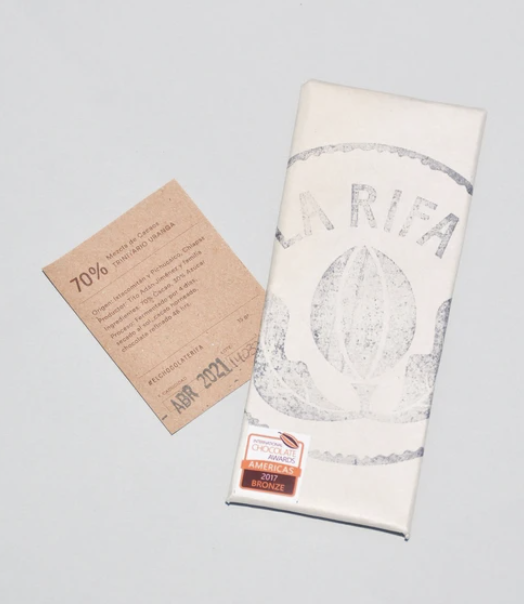
FRUCAO Uranga by La Rifa, Bottega Shop, Mexico 
Day trip to the Rayen Cooperative in Tapachula: Eder Herréra López at Rayen Co-op Fermentory, Maria Doerr, Conservation International, Mexico 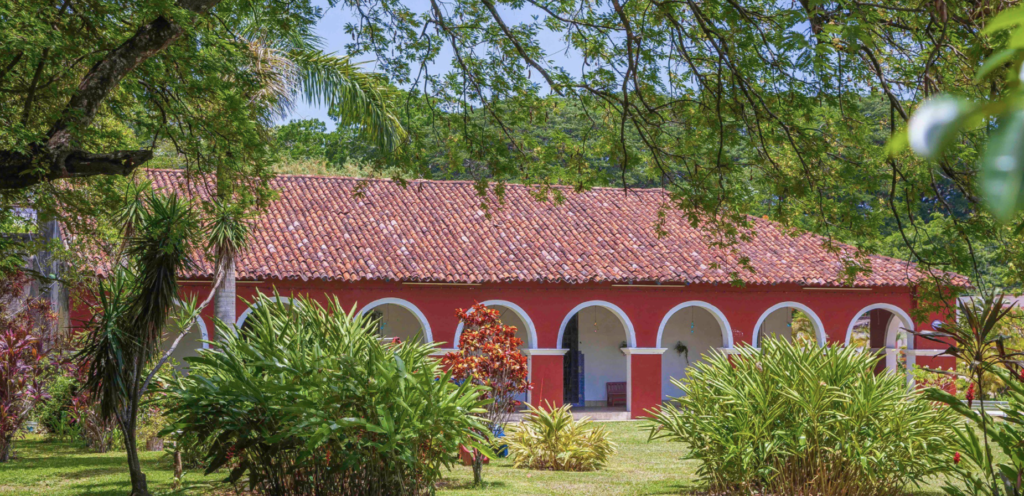
Hacienda La Luz, Government of the State of Tabasco, Mexico
Farming Systems and Harvesting
Hybrid systems of farming and harvesting are employed in Tabasco and Chiapas; there are several examples of successful specialty cacao operation models. The reader should be reminded that the success of these Mexican enterprises is not limited to the quality of the cacao or value added to the raw material, but also to the business expertise of the managers and overall access to the global specialty market. That said, there are various elements that make Mexican cacao production unique, such as:
- Estate Cacao, Haciendas, or Fincas are common in Tabasco, less so in Chiapas. These enterprises tend to be owned by a family or an individual, often for generations. The classic example of this in Tabasco is Finca La Joya that,through the ownership of the Echeverria family, made international headlines for attracting Belgian chocolatiers to its cacao. Other well-known Tabasco haciendas include Hacienda Jesus Maria owned by the Cacep family or Hacienda La Luz owned by the Wolter family. From Chiapas, Finca La Rioja was a recent top 50 contender in the 2019 of Cocoa of Excellence competition. Several organizations harvest and post-harvest process cacao for family estates such as Finca Rocío by Agrofloresta Mesoamericana and Las Delias by Orgánicos de la Chontalpa. Smaller, sometimes newer plantations are also making appearances in the contemporary bean-to-treat scene in Mexico, such as Hacienda Napaná, Hacienda Victoria, Hacienda El Recuerdo, Finca Cholula, Finca La Esmeralda, and Cacao Fino Agua Selva, among others.
- Agroforestry Systems have become almost non-negotiable elements of the specialty cacao sector in Mexico. Almost all producers claim to respect environmentally-friendly practices at a minimum, with many taking great, well-documented care to manage human and plant care. The intercropping of other fruit and wood trees is very common, in part to shade the cacao trees and also to recover land historically used for intensive agriculture. Academics and scientists from federal research centers and state higher education institutions have tipped over fulltime to work related to agroforestry. Companies that champion agroforestry in their business and sourcing practices include Agrofloresta Mesoamericana and their Zoque cooperative partners, FRUCAO under the Jimenez Garcia family, and Rayen Cooperative.
Cooperatives are relatively new to the Mexican specialty cacao sector, but have had a longstanding tradition in agricultural production in Mexico. Several networks operate under different standards and codes, mostly associated either through regional or harvesting practices. Examples of cooperatives are CASFA, Rayen, and Orgánicos de la Chontalpa. Notablysome Estates also belong to or support the operation of cooperative frameworks, like CACEP with high-end seedlings or ECOM COCOA México to train producers and ensure traceability.
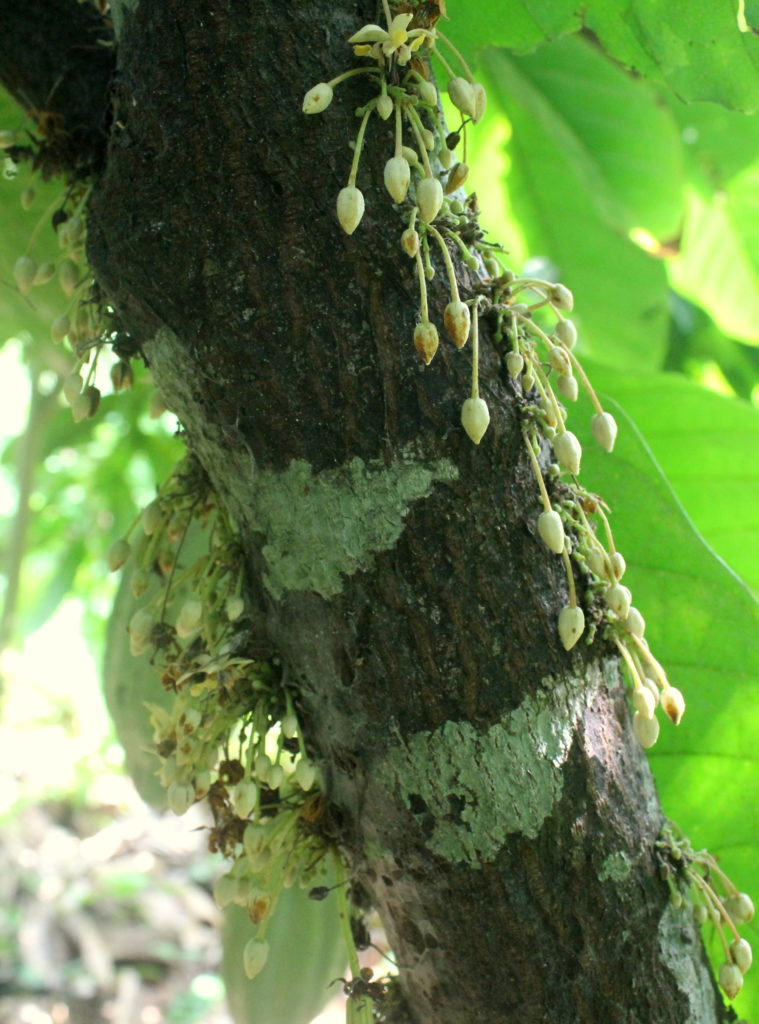
Agroforestry System at Agrofloresta Mesoamericana
Post-Harvesting and Marketing
In contemporary Mexico, post-harvesting practices offer an insight into localized practices that to an outsider might appear surprising. Mexican cacao undergoes dramatically different post-harvesting processing depending on the anticipated end buyer of the raw material. While scholarly work proves that sophisticated fermentation cacao practices were present at least as early as the Postclassic Period (900-1521CE), it has also been widely accepted that washing the cacao, a process of removing the pulp off the fresh cacao beans and avoiding drying, has deep roots in the territory’s history. Washed cacao (cacao lavado, in Spanish) is avidly consumed in many local markets today for cacao-based drinks, chocolate de mesa, and powdered drinking chocolate. In advance of certain Mexican holidays like Día de Muertos, the cost ofa pound (453g) of washed cacao beans in popular open markets in Tabasco or Oaxaca can match or even supersede the cost of a pound of exceptionally fermented cacao in the North American or European specialty markets, creating confusion between international buyers and local cacao suppliers to this day.
The post-harvest practices of fermentation and drying are employed by all the cacao businesses listed above; some also trade cacao lavado. Fermentation protocols have been developed for some organizations by international consultants on the subject, as is the case for Agrofloresta Mesoamericana or the ongoing efforts of the Denomination of Origin Cacao Grijalva. Alejandro Campos Beltran, the Denomination’s president, underlines the importance of protecting a pool of genetic diversity and ensuring business stability for the specialty cacao segment if the sector is to succeed abroad. Government-backed organizations such as the Sistema Producto Cacao conduct activities that aim to empower cacao producers through shared practices for the local market and business development. Efforts to agree on common practices and standardization in the Mexican specialty sector are ongoing, aiming to incorporate the recent diversification of the industry as well as global market expectations, while still respecting longstanding Mexican traditions and beliefs. The work towards a shared future is ongoing.
With a goal of establishing sector-wide neutrality, organizations such as the Denomination of Origin Cacao Grijalva are trying to build a next-generation standard and marketing narrative for Mexican cacao production. For those who seek to understand more about Mexican cacao heritage, visits to Mexico City’s MUCHO Museo de Chocolate, Chiapas’ Kakaw Museo de Cacao, and Tabasco’s DRUPA Museo Interactivo de Cacao y Chocolate offer interactive museum exhibits and interpretations.Local events also offer experiential opportunities to study Mexican cacao and chocolate culture, such as the Festival del Cacao y Chocolate event held annually in November in Villahermosa, Tabasco, the Salon de Cacao y Chocolate in Mexico City’s World Trade Center, and the gastro-experience Cacao para Todos. Indigenous cacao celebrations are still practiced in Mexico, for example the popular Enrama of Comalcalco, a parade and feast celebrated every May 15, where long wood logs are adorned with cacao pods and carried through the streets to mark the start of the main cacao harvest and honor St. Isidore The Laborer, Catholic patron of agriculture and farming”.
In recent years, the Mexican cacao industry has also worked to promote cacao and chocolate nationally and internationally in new ways. In 2018, ASCHOCO (Asociación Nacional de Fabricantes de Chocolate) established with the approval of the Mexican Senate the National Day of Cacao and Chocolate for September 2, a date that is consecutively commemorated with industry and consumer events. Also in 2018, MUCHO Museo de Chocolate coordinated the Certamen Mesoamericano de Cacao Amigable con la Biodiversidad (Mesoamerican Contest of Biodiversity-Friendly Cacao) and its subsequent symposium, both organized under the auspice of the National Commission for the Use and Knowledge of Biodiversity (CONABIO, in Spanish)”. The formation of the Asociación de Chocolateros del Estado de Oaxaca (Chocolate Producers Association of Oaxaca, in English) is the latest grouping of actors with the goal of promotion and lobbying activities.
Chocolate
Both nationally and internationally, Mexico is renowned for its cacao and chocolate culture. Its longstanding tradition of cacao production has materialized in outstanding culinary creations that are celebrated worldwide. Cacao-based drinks remain popular still in southern and central States, ranging from the corn-based Pozol, a cold nourishing drink from Tabasco, to Chiapas’ Tescalate and Pinol. In one of Mexico’s culinary capitals, Oaxaca, residents and tourists alike visit public markets to experience Tejate.And in the States of Tlaxcala and Veracruz, it is still possible enjoy the rare ration of Popo. Mole, a traditional marinade or sauce that often incorporates cacao or chocolate flavoring, is a globally famous symbol of the culinary hybridization common to Mexican cuisine.
With its characteristic round shape, chocolate de mesa (for preparing drinking chocolate) can be found from Mexican family-owned enterprises like Mayordomo in Oaxaca or Ibarra in Jalisco, both also available in the United States in Latinx bodegas. Specialty chocolate companies seek to enter this market by producing premium alternatives to these brands; however, price sensitivity among consumers is strong at home and abroad.
Since early 2000s, the artisanal, craft bean-to-treat and tree-to-bar trends have found a home in the Mexican imaginary, especially prominent in urban and tourist circles. Credited early on to architect Hector Galvan from La Casa Tropical, the Mexican craft chocolate scene can now be considered a movement among professionals and consumers. More than 50 companies account today for this segment; a comprehensive listing can be found below.
A relatively unexplored strength of the chocolate culture of Mexico and Mesoamerica remains its material heritage: metates, molinillos, and pottery serving ware such as talavera, are front-running candidates to be recognized as intangible treasures of humanity. Few artisans for hand-production of each craft continue to practice. Those who do tend to do so within family ateliers, such as molinillo producers Maestro Juan Alonso Rodríguez and Family in Santa Maria Rayon near Toluca City, Jesús Norte in the Sierra Norte of Oaxaca, and talavera crafts family Urieta in Puebla.
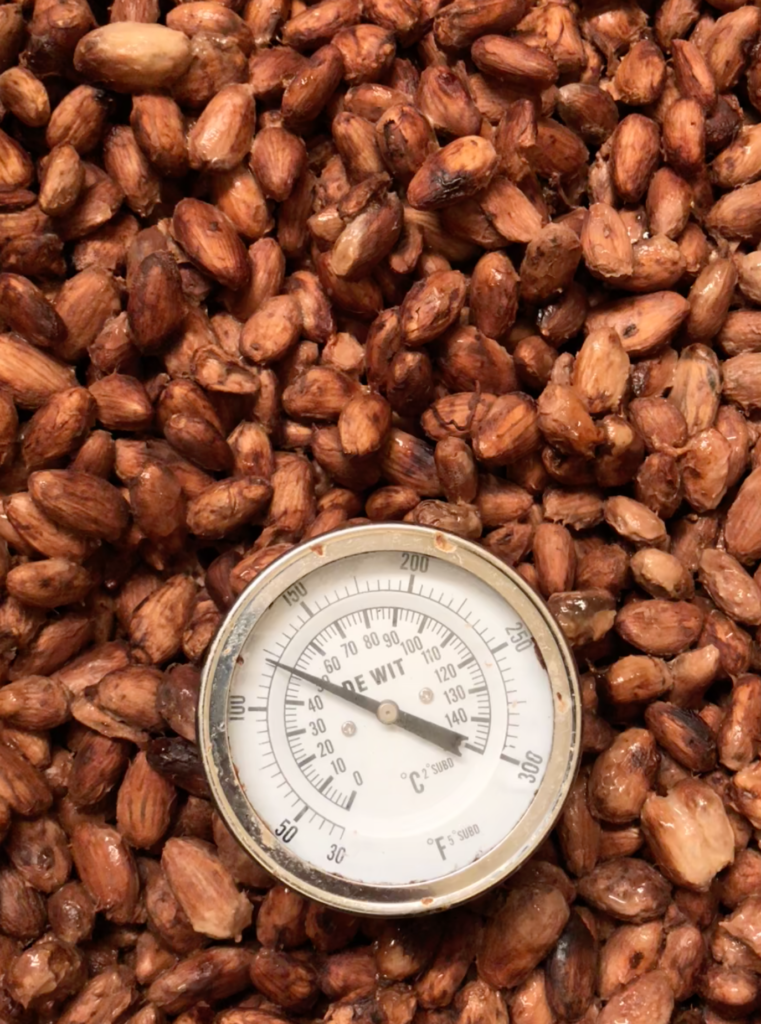
Fermentation at Agrofloresta Mesoamericana, Fine Cacao and Chocolate Institute, United States 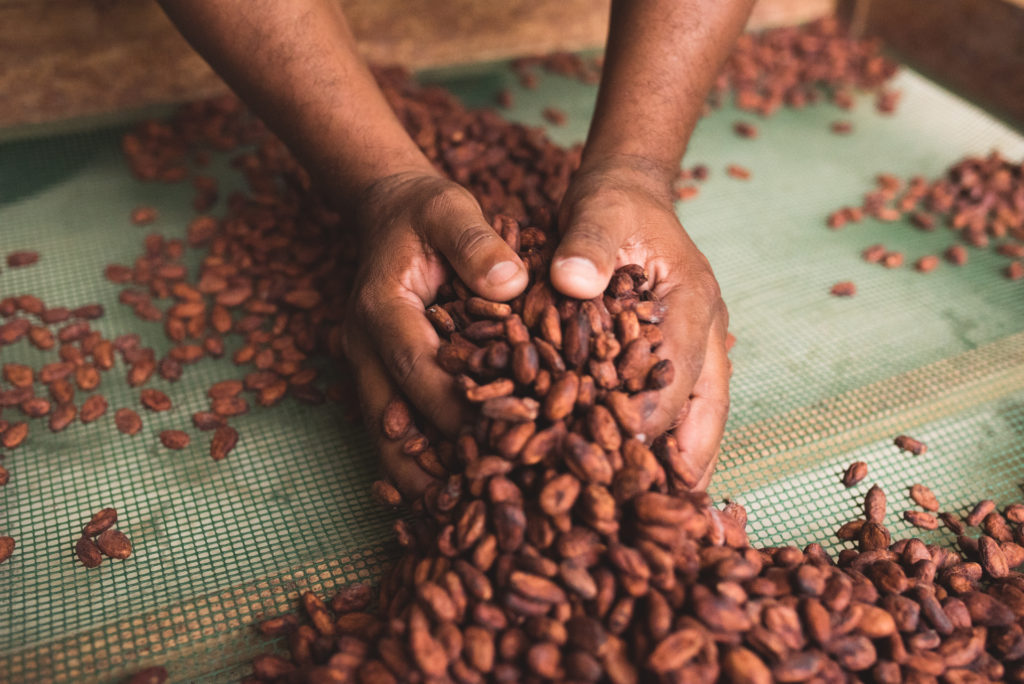
Cacao at Agrofloresta Mesoamericana, Agrofloresta Mesoamericana, Mexico 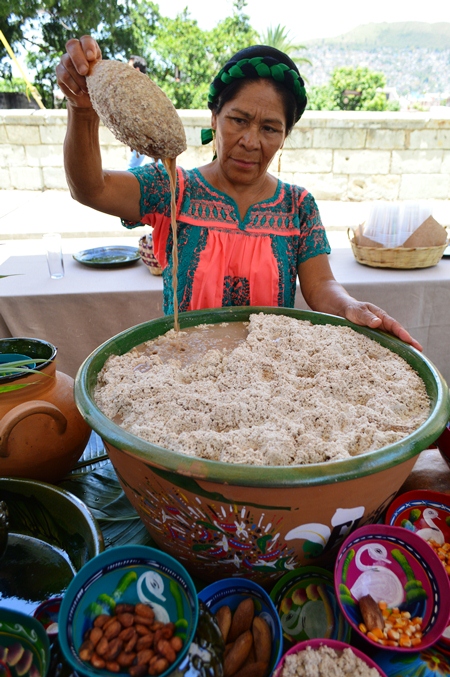
Tejate in Oaxaca, Oaxaca Nundua, Mexico 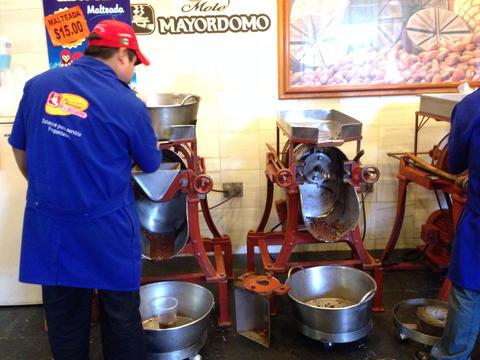
Molino Mayordomo in Oaxaca, Mission Chocolate, Brazil 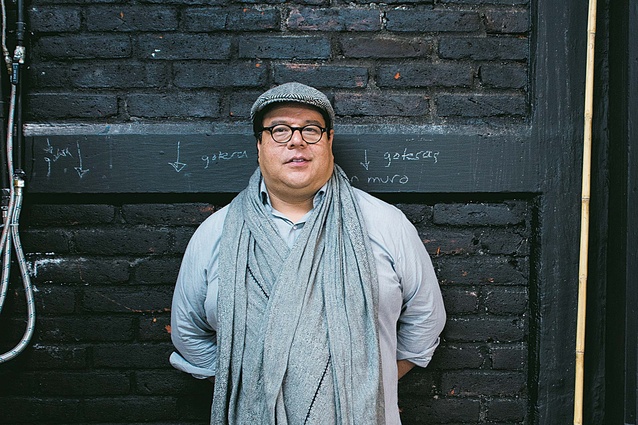
Héctor Galván, Gourmet de Mexico, Mexico 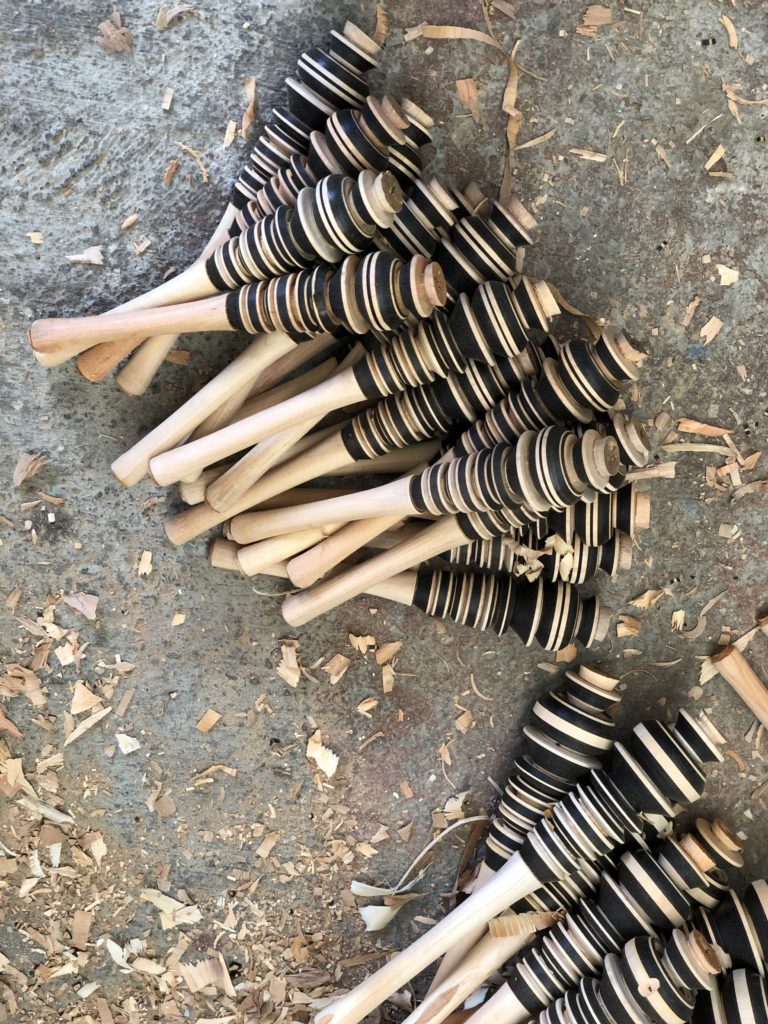
Molinillos in the making at Arteollin Alonso, Fine Cacao and Chocolate Institute, United States 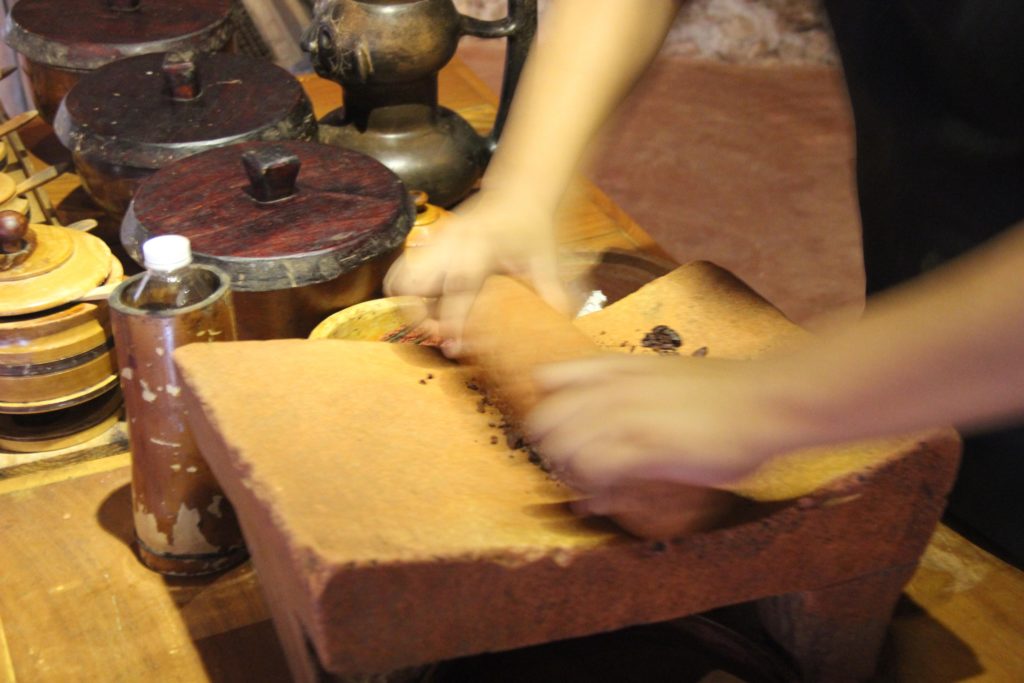
Metate at ChocoStory Uxmal, Fine Cacao and Chocolate Institute, United States
Awards (starting 2017)
Academy of Chocolate
- TA.CHO Taller de Chocolate
- MUCHO Chocolate
- Cielo Dentro Chocolate
International Chocolate Awards World and Americas
- TA.CHO Taller de Chocolate
- MUCHO Chocolate
- La Rifa Chocolateria
- Industrias Wolter/Chocolate Quetzali
- Le Caméléon
- XKIK’ chocolate de origen
- Caramela
- Kakaw Museo
- La Rifa Chocolatería
- Que Bo! Chocolatería Mexicana Evolutiva
- Feliu Chocolate
- Alkimia Ethical Food
International Chocolate Awards Centro América
- Kakaw Museo
- Industrias Wolter/Chocolate Quetzali
- XKIK’ chocolate de origen
- Le Caméléon
- Syokorat/Wikka
Cocoa of Excellence
- Finca La Joya, Tabasco
- Finca La Rioja, Chiapas
Certamen Mesoamericano de Cacao Amigable con la Biodiversidad 2018
- Finca Las Delias, Tabasco (Alma Delia Magaña Peralta)
- Arroyo Hondo, Tabasco (Malaquías Pérez and Roberto Emmer Acopa, Tabasco)
Learn More
Books and magazines in English
- Gran Cocina Latina: The Food of Latin America by Maricel Presilla
- Chocolate I: Cultivation and culture in Ancient Mexico by Artes de Mexico (var. authors)
- Chocolate II: Mysticism and miscegenation by Artes de Mexico (var. authors)
- Chocolate III: Ritual, art and memory by Artes de Mexico (var. authors)
- Chocolate in Mesoamerica: A Cultural History of Cacao by Cameron L. McNeil
- Chocolate: From the Eden to the World by Manuela Camacho Gómez
- Cocoa and Chocolate: 1765-1914 by William Gervase Clarence-Smith
- Larousse of Chocolate Latin America by Luis Robledo Richards
- The New Taste of Chocolate, Revised: A Cultural & Natural History of Cacao with Recipes by Maricel Presilla
- Substance and Seduction: Ingested Commodities in Early Modern Mesoamerica edited by Stacey Schwartzkopf and Kathryn E. Sampeck
Books and magazines in Spanish
- Chocolate: Historia, Arte, Cultura y Marketing by Manuela Camacho Gómez
- Cacao: la bebida de los dioses by Martha Chapa
- Chocolate, Pan y Café by Manuela Camacho Gómez
- Cacao: Producción, Consumo y Comercio coordinated by Laura Cacao Barrera
Online
- “A culture of Cacao and Chocolate” by Laura Caso Barrera (https://revista.drclas.harvard.edu/a-culture-of-cacao-and-chocolate/)
- Certamen Mesoamericano de Cacao y Chocolate by MUCHO Museo de Chocolate (https://issuu.com/cacaomesoamericano/docs/cacao_mesoamericano_amigable_con_la)
- Chocolates Inéditos by MUCHO Chocolate (https://issuu.com/mucho18/docs/chocolates_in_ditos_versi_n_digital)
- “Everything you need to know about Mexican Hot Chocolate” by Arcelia Gallardo (https://missionchocolaterecipes.com/everything-you-need-to-know-about-mexican-hot-chocolate/)
- FCCI Conversation Series: Mexico hosted by José López Ganem
- Part 1 https://chocolateinstitute.org/blog/fcci-conversation-series-mexico-part-1/
- Part 2 https://chocolateinstitute.org/blog/fcci-conversation-series-mexico-part-2/
- Part 3 https://chocolateinstitute.org/blog/fcci-conversation-series-mexico-part-3/
- Part 4 https://chocolateinstitute.org/blog/fcci-conversation-series-mexico-part-4/
- Part 5 https://chocolateinstitute.org/blog/fcci-conversation-series-mexico-part-5/
- Part 6 https://chocolateinstitute.org/blog/fcci-conversation-series-mexico-part-6/
- “Keeping the Heritage thorough a Museum: MUCHO Museo” by Ana Rita Garcia-Lascurain (https://chocolateinstitute.org/blog/mexicos-love-for-chocolate/)
- “Mexico’s Love of Chocolate” by José López Ganem (https://chocolateinstitute.org/blog/mexicos-love-for-chocolate/)
- “The best chocolate trip on earth – Oaxaca” by Arcelia Gallardo (https://missionchocolaterecipes.com/cacao-and-chocolate-in-oaxaca-mexico-a-must-visit-for-any-cacaophile/)
- “What is Mexican Chocolate?” by José López Ganem (https://revista.drclas.harvard.edu/what-is-mexican-chocolate/)
Mexican Cacao Companies
- Agrofloresta Mesoamericana, Monica Teruel, monica@agroflorestamesoamericana.com
- CACEP, Vicente Gutierrez Cacep, chocovic63@gmail.com
- Cacao Latitudes/ECOM COCOA México, Tonathiu Acevedo, tonathiu.acevedo@ecomtrading.com
- CASFA, Jorge Aguilar Reyna, admmin@casfasa.com
- Finca La Rioja, José María Pascacio Muñoz, insoconusco@gmail.com
- FRUCAO, Mónica Jiménez García, arroyito_afiladero@yahoo.com.mx
- Hacienda Napaná, Martha Elena Contreras and Rafael L. Villa, haciendanapana@hotmail.com
- Orgánicos de la Chontalpa, María del Carmen Barranco, organicosdelachontalpa@gmail.com
- Revival Cacao, Alejandro Zamorano Escriche, info@euroamericancacao.com
- Rayen Sustainable Co-op, Eder Herrera López, cacaorayenenspr@gmail.com
Mexican Chocolate Companies
FCIA Mexican Members Chocolate Companies
Other Mexican Chocolate Companies
International Chocolate Companies Working with Mexican Cacao
United States and Canada
- Acalli Chocolate New Orleans, LA
- Auberage du Soleil Rutherford, CA
- Bar au Chocolat Manhattan Beach, CA
- Castronovo Chocolate Stuart, FL
- ChocoSol Traders Toronto, ON
- Chocovivo Los Angeles, CA
- Chokolá Toas, NM
- Coco André Dallas, TX
- Cultura Chocolate Denver, CO
- Dancing Lion Chocolate Manchester, NH
- Eldora Chocolate Albuquerque, NM
- Exquisito Chocolate Miami, FL
- Fortuna Chocolate Boulder, CO
- Goodnow Farms Chocolate Sudbury, MA
- Jacques Torres Chocolate New York, NY
- Kyya Chocolate Springdale, AK
- Map Chocolate Co. Eugene, OR
- Maribea Odessa, TX
- Mazona Chocolate Hidalgo, TX
- Nibble Chocolate San Diego, CA
- Nostalgia Chocolate Syracuse, NY
- Primo Botánica Troy, NY
- Ranger Chocolate Portland, OR
- Ritual Chocolate Park City, UT
- Sirene Chocolate Vancouver, BC
- Tejas Chocolate+BBQ Tomball, TX
- The Cocoa Forge Port Townsend, WA
Worldwide
- A. Morin France
- Alain Ducasse Le Chocolat France/Japan
- Barnon Hasselhoff´s New Zealand
- Bonnat France
- Cacao Sampaka Spain
- Casa Cacao Spain
- Cocoa Barry Belgium/France
- Cocoa Caravan United Kingdom
- Donna Elvira Italy
- Foundry Chocolate New Zealand
- Frido Australia
- George Ramon Germany
- Godiva Belgium
- Guido Gobino Italy
- Hasnaa Chocolat France
- Le Baleine a Cabosse France
- Lotte South Korea
- Maison Cailler Switzerland
- Meiji Japan
- Michel Cluizel France
- Mission Chocolate Brazil
- Naïve Lithuania
- Original Beans The Netherlands
- Fossa Chocolate Singapore
- Patric Roger France
- Pierre Marcolini Belgium
- Puratos/Belcolade Belgium
- Taucherli Switzerland
- The Chocolate Story Portugal
- The Chocolate Tree United Kingdom
- Valrhona France
- Yellow Chocolate Thailand
To visit
In Mexico City and nearby cities
According to Travel + Leisure, CDMX is one of the “World’s Best Food Cities.” A melting pot for the nation’s culinary heritage, replete with avant-garde gastronomic locations, bustling street food offerings like the La Merced Market or worldwide applauded food neighborhoods like Polanco or Condesa.It is not a coincidence to find chocolate offerings for an international audience, from information-heavy museums and experiences to delightful enterprises.
- Mexico City
- Buna Café Rico
- Orizaba 42 Roma Norte 06700, C. U. Benito Juárez, 06500 Ciudad de México
- CACEP Chocolate
- Mercado Medellín L- 102, Roma sur, 06760 Cuauhtémoc, Ciudad de México, CDMX
- Cacao Nativa
- Antonio Dovali Jaime 70, Santa Fe, Zedec Sta Fé, Álvaro Obregón, 01219 Ciudad de México, CDMX
- Patio Universidad, Xoco, Benito Juárez, 03330 Ciudad de México, CDMX
- Caramela
- Av. Isaac Newton 57, Polanco, Polanco IV Secc, Miguel Hidalgo, 11550 Ciudad de México, CDMX
- Dichoso Cacao
- Campeche 51, Roma Sur, Cuauhtémoc, 06700,Ciudad de México, CDMX
- Le Caméléon
- Manuel Payno 87, Obrera, Cuauhtémoc, 06800 Ciudad de México, CDMX
- MUCHO Museo de Chocolate
- Calle Milán 45, Juárez, Cuauhtémoc, 06600, Ciudad de México, CDMX
- Muy Mexicanas Craft Store
- Juan Vázquez de Mella 525, Col. Polanco, Miguel Hidalgo, 11510 Ciudad de México, CDMX
- Numa Xocolat
- Av. Moliere 222, Polanco, Polanco II Secc, Miguel Hidalgo, 11550 Ciudad de México, CDMX
- Que Bo! Chocolatería Mexicana Evolutiva
- Cuauhtémoc 180, Del Carmen, Coyoacán, 04400 Ciudad de México, CDMX
- Calle Julio Verne 104, Polanco, Polanco III Secc, Miguel Hidalgo, 11565 Ciudad de México, CDMX
- Isabel La Católica 30, Centro Histórico de la Cdad. de México, Centro, Cuauhtémoc, 06000 Ciudad de México, CDMX
- La Rifa
- Calle Dinamarca 47,Cuauhtémoc, 06600, Ciudad de México, CDMX
- Rocío Chocolates
- República de Guatemala 20, Centro Histórico de la Cdad. de México, Centro, Cuauhtémoc, 06000 Ciudad de México, CDMX
- Tierra Garat (main locations)
- Av. Pdte. Masaryk 86, Chapultepec Morales, Polanco V Secc, Miguel Hidalgo, 11570 Ciudad de México, CDMX
- Londres 361, Del Carmen, Coyoacán, 04100 Ciudad de México, CDMX
- Amsterdam 218, Hipódromo Condesa, Cuauhtémoc, 06100 Ciudad de México, CDMX
- Av. Paseo de las Palmas 340, Lomas – Virreyes, Lomas de Chapultepec, Miguel Hidalgo, 11000 Ciudad de México, CDMX
- Jalapa 99, Roma Nte., Cuauhtémoc, 06700 Ciudad de México, CDMX
- Tout Chocolat
- Ámsterdam 154, Hipódromo, Cuauhtémoc, 06100 Ciudad de México, CDMX
- Buna Café Rico
- Puebla
- Ami Chocolates
- Calz Zavaleta 703, Campestre el Paraíso, 72150 Puebla, Pue.
- Malak Chocolates
- 25 Oriente Av. Revolución, Esquina, C. 4 Sur 216-D, El Carmen, 72530 Puebla, Pue
- Ami Chocolates
- Querétaro
- Animä Cacao
- Camino real de carretas 187 B (136.43 mi) 76060 Querétaro, Querétaro Arteaga
- Animä Cacao
- Toluca
- Arteollin Alonso
- C. Miguel Hidalgo 445, Col. San Isidro 52363 Col. Rayón, Estado de México
- Arteollin Alonso
In Oaxaca
Mexico’s culinary capital, the melting point of historic trade routes, the Zapotec and Mixtec peoples, and host region of the Guelaguetzafestival. Similar to France’s Lyon or the Sichuan Province in China, the State of Oaxaca captivates the imagination of locals and foreigners through taste. Chocolate has its historicalcolonial epicenter in the Catholic missions here, continuing to the present day.
- Chocolate Mayordomo
- Avenida Universidad, Universidad, Ex-hacienda Candiani, 68000 Oaxaca de Juárez, Oax.
- Francisco Javier Mina 219, Centro, 68000 Oaxaca de Juárez, Oax.
- Chocolate y Moles La Soledad
- Francisco Javier Mina 212, Centro, 68000 Oaxaca de Juárez, Oax.
- Xhuladii Chocolates
- Placita Mía, Calle de Manuel García Vigil 406, Centro, 68000 Oaxaca de Juárez, Oax.
In Tabasco
The country’s heartland for cacao production, it rightfully hosts the annual Festival de Cacao and Chocolate every November to welcome professionals and visitors alike. The Ruta del Cacao, or Route of Cacao in English, is a major eco-friendly tourist attraction, celebrating the region’s role in providing this foodstuff to the nation.
- DRUPA Museo Interactivo
- Calle San Eligio S/N, El Carmen, Tab.
- Hacienda La Luz/Quetzali Chocolate
- Calle Gil y Sáenz S/N, Centro, 86300 Comalcalco, Tab.
- Hacienda Jesús María/CACEP Chocolate
- Carretera Camino Vecinal, Rancheria Sur quinta seccion, Comacalco, Tab.
- INIFAP Centro Experimental Huimanguillo
- Carretera Federal Humanguiilo-cárdenas Kilómetro 1, Huimanguillo Centro, 86400 Huimanguillo, Tab.
In Chiapas
Between natural landscapes, without a doubt some of the most picturesque in the country, and its rich indigenous heritage, Chiapas has been a land of cacao and chocolate consumption for centuries. From the colonial-style town of San Cristobal de las Casas to the cacao producing regions of Socunusco or Pichucalco, the visitor will find time to sample the culture via a chocolate treat and meet top-notch cacao professionals.
- Cacao Nativa
- Ave. de las Americas 5-B, Barrio de Fatima, 29264 San Cristóbal de las Casas, Chis.
- Carr. Panamericana a Chiapa de Corzo 651, Zona Sin Asignación de Nombre de Col 24, 29096 Tuxtla Gutiérrez, Chis.
- Chocolatería La Parra
- Av. Díaz Nte. 160, San Miguel, Tuxtla Chico, Chis.
- Kakaw Museo del Cacao y Chocolatería Artesanal
- Calle 1o. de marzo 16, Zona Centro, 29200 San Cristóbal de las Casas, Chis.
- Ko’Kov Chocolateria
- Palenque 576, Centenario Tuchtlán, 29025 Tuxtla Gutiérrez, Chis.
- INIFAP Centro Experimental Rosario Izapa
- Carretera Tapachula-Cacahuatán Km.6 Tuxtla Chico, Chis.
- Otoch Chukwá Casa del Chocolate
- 29200, Belisario Domínguez 6b, Zona Centro, 29200 San Cristóbal de las Casas, Chis.
- INIFAP Centro Experimental Rosario Izapa
- Carretera Tapachula-Cacahuatán Km.6 Tuxtla Chico, Chis.
In Monterrey
The US-bordering State of Nuevo Leon is Mexico’s economic capital, with a powerful industry sector and close ties to Texas. Its burgeoning chocolate scene is set to delight international palates. Local entrepreneurs have diversified food offerings to welcome travelers who come for business or pleasure.
- CACEP Chocolates
- Pirineos 1013, Roma Sur, 64700 Monterrey, N.L.
- Caramela
- Av Insurgentes 2500, Sin Nombre de Col 31, 64620 Monterrey, N.L.
- San Ignacio 105, Santa María, 64650 Monterrey, N.L.
- Av Bosques del Valle 106, Bosques del Valle 1er Sector, 66250 San Pedro Garza García, N.L.
- Parque Arboleda Avenida Robles #660 Valle del Campestre en, San Pedro, Monterrey, N.L.
- Av Lázaro Cárdenas 1002, Residencial San Agustín 1er Sector, 66260 Monterrey, N.L.
- COCOAN Chocolatería
- Río Manzanares 425, Del Valle, 66220 Monterrey, N.L.
In the Yucatan Peninsula
With its unique culinary background, the Yucatan Peninsula remains a visitor’s favorite. Mexico granted a special biodiversity recognition to the three States the make up the region: Campeche, Quintana Roo, and Yucatan. Shoppers in historic Merida or coastal Cancunwill encounter the central role that cacao and chocolate has in the country’s culture.
- Ah Cacao Chocolate Café
- La Isla Shopping Village, H-4, Blvd. Kukulcan Km 12.5, Zona Hotelera, 77500 Cancún, Q.R.
- 5ta Avenida, Calle 2 Nte con, Centro, 77710 Playa del Carmen, Q.R.
- Quinta Avenida entre calles 38 y 40, Zazil-ha, 77720 Playa del Carmen, Q.R.
- C.A.C.A.O.
- Paseo de Montejo 490, Zona Paseo Montejo, Centro, 97000 Mérida, Yuc.
- ChocoStory Uxmal
- Antigua, Calle 10 Carretera Merida Campeche Km. 78, 97899 Uxmal, Yuc.
- ChocoStory Valladolid
- Calle 40 190 entre 37 y 39, Centro, 97780 Valladolid, Yuc.
- Ki’Xocolat
- Calle 60 entre 33 A y 35 Plaza paseo 60 Centro, Mérida, Yuc.
- Av. Andrés García Lavín 315, San Antonio Cucul, 97116 Mérida, Yuc.
- Kaokao Chocolate Factory
- 1a. Bis Sur S/Npor 80 Bis. Av. Sur, Flores Magón, 77670 San Miguel de Cozumel, Q.R.
- Madre Selva Chocolate
- Av. Uxmal, Supermanzana 3 Local 01,, Cancun, Q.R., Mexico; Country:, 77500 Cancún, Q.R.
- The Mayan Cacao Company
- Carretera Costera Sur Km. 15.000, Zona Hotelera, 77600 San Miguel de Cozumel, Q.R.
- XKIK’ Chocolate de Origen
- Calle 59 538, Parque Santiago, Centro, 97000 Mérida, Yuc.
In Western Mexico
From Mexico´s second-largest metropolis, Guadalajara, to the beach towns of Puerto Vallarta and Punta Mita, cacao and chocolate initiatives make it possible for domestic consumers and visitors to enjoy prime examples of Mexico’s cacao and chocolate culture.
- Cacao Mágico
- Blvd. Francisco Medina Ascencio Km 4.5 Avenida Heroica, H. Escuela Naval Militar, Zona Hotelera, 48333 Puerto Vallarta, Jal.
- ChocoMuseo Puerto Vallarta
- Josefa Ortiz de Domínguez 128, Centro, 48300 Puerto Vallarta, Jal.
- La Broma de Teo
- Juan Manuel 1174, Villaseñor, 44600 Guadalajara, Jal.
- Planeta Cacao
- San Vicente 120, Tondoroque, Nay.
Author and Coordinator
José López Ganem, Fine Cacao and Chocolate Institute* and Harvard University, jose@chocolateinstitute.org
Prime Contributors
- Laura Caso Barrera, PhD, Colegio de Postgraduados Puebla
- Tonathiu Acevedo, Hecho Chocolate* and ECOM COCOA México
Additional Contributors
- Alejandro Campos, Industrias Wolter* y Consejo Regulador de Cacao Grijalva
- Alicia Paramo Ortega, ASCHOCO
- Ana Rita García Lascarían, MUCHO Chocolate
- Carla D. Martin, PhD, Fine Cacao and Chocolate Institute*
- Daniel Reza Barrientos, La Rifa Chocolatería
- Eder Herrera López, Chiapas Cacao Producer’s Co-op Rayen
- Fernando Galván, Cielo Dentro Chocolate
- Germán Santillán, Oaxacanita
- Gregorio Rodríguez Bernanrdo, Orgánicos de la Chontalpa
- Hugo Francisco Chávez Ayala, Agrofloresta Mesoamericana*
- Itzuri Alarcón, Grupo Alerlit
- José María Pascacio Muñoz, Finca La Rioja
- Jorge Aguilar Reyna, Red CASFA
- Juan Esteban Alonso, Arteollin Alonso
- Lucero López, Xhuladii Chocolates
- Mara Cortes, TA.CHO Taller de Chocolate
- Mónica Jimenez Garcia, FRUCAO
- Mónica Teruel, Agrofloresta Mesoamericana*
- Oscar Chávez Pombo, Chocolates La Soledad
- Reyna Flores, Síij Chocolate Artesanal*
- Rossana Echeverría Herrera, MD, Quinta Tulipán
- Vicente Gutiérrez Cacep, CACEP and Sistema Producto Cacao México
- Victoria Espinosa, XOCAO*
* FCIA MEMBER
Text on this page is copyrighted under a Creative Commons Attribution – NonCommercial – NoDerivatives 4.0 International License (http://creativecommons.org/licenses/by-nc-nd/4.0/).
